Olympus E-M1 Mark 2 review: a subjective article on moving from full frame to M43
I have been mumbling for more than 3 years about my own frustrations of being caught in an old and dying ecosystem, about how both the giants (Canon and Nikon) simply refuse to evolve, and basing themselves on the niche that is also caught in dubious dogmas. About how even back then mirrorless systems with capabilities way better than I could dream of started popping up like mushrooms after the rain. I moved to fullframe 8 years ago mostly because Canon innovated and brought cinema like capabilities into a photography body. Yes, the 5d mark 2 truly and honestly revolutionized and changed the world forever. But the same innovation it brought it also killed out of fear of cannibalizing their own high end camera sales. After the 5d mark 2 I moved to the 6D which was a bit better for photo but worse for video. It was a decent but I had a feeling that this, unless Canon changed, would be my last Canon camera. And the year passed, the 5d mark 3 and then mark 4 appeared. And even with the 5D mark 4 the 4k video was crippled by the crop and the codec. And I said no more.
So one night while in a photo vacation in northern Spain I returned tired to the hotel room and decided that this was the moment I would change systems. Something new, something fresh, something light and with many features.
Contrary to what people may think when looking at my portfolio I never ever adopted the tripod dogma. Very very few photos that I made were made with a tripod and only when I needed milky water or stars or when the ISO would have to go over 1600. Other than that I very much prefer a lower image quality but with the flexibility that to me is indispensable. For me the experimentation and mobility factor on the spot is more important than anything else.
So when I saw some articles of a camera that could shoot seconds long exposures handheld suddenly I became very very jealous and wished so much that I could have something like this. Yet at that point it did not cross my mind that the micro 4/3 format could ever be a substitute for fullframe for me. I never bothered to find out that the shallow DOF is not a property of the sensor size but one of the ration between the focal length, sensor size and lens aperture. Or the fact that sensor sensibility to light is meaningless without the light itself so I should only treat it in relation with the lens f-number and because the physics allows it the micro 4/3 format has smaller aperture lenses where 1.2 or 0.95 are not uncommon at all. And that the simple idea of “crop factor” is meaningless unless you base your photos on full frame lenses. Other than that you can and MUST think in equivalence and nothing else. So if I want the exact effect of a 100mm 2.8 on a fullframe I use on micro 4/3 a 50mm 1.4. Yes, there is a downside to this at the point of writing, like the fact that if you want to simulate the full DOF of a full frame 1.4 lens you would need a 0.7 aperture on micro 4/3. And there are none. Not everyone shares this view however. While I did a lot of photos with my Sigma 35mm 1/4 at 1.4 on my 6d, some people feel that the DOF at that aperture is way too shallow. And they may be right but I mostly did it because of low light performance. On micro 4/3 you can use a 0.95 lens and get the effect of 1.8 on full frame and still have much better light gathering capability.
But let us return to the main subject. Initially I set my eyes on Sony (a7r2, afs2). The 4k video and very good sensor were a winner. I played with it a couple of times and event mounted Metabones adapter so I could see how the existing Canon lenses would behave on it. I was impressed but not that impressed. The autofocus while it was fast, it was not fast enough like it was on Canon. And I also was not impressed with the camera battery and lack of weatherproofing. Or the fact that the weight would be the same. Out of nowhere I started that night in Spain to research the E-m1 Mark 2 after someone posted some samples with it.
After a few hours of reading articles and looking at samples I pretty much knew it was going to be my next camera. When I came back to Romania the next morning I went straight to the store, played with the camera for 2 hours and bought it. And after a week I decided to keep it and sold all my Canon gear. Even with the very few downsides I knew that I could never ever come back to my Canon and there is no point in keeping it. On Canon I had the 24-105mm 4.0 lens, the Samyang 14mm 2.8, the Tamron 150-600mm and the Sigma 35mm 1.4. Since I needed that main range of 14-600mm on this format also I got the following lenses on Olympus:
Olympus Zuiko 7-14mm f2.8 PRO : 534 grams
Olympus Zuiko 12-40mm f2.8 PRO 389 grams
Olympus Zuiko 75-300mm f4.8-6.7 II: 400 grams
I wrote the weight because it is essential. My landscape photo gear went from alsmost 6kg (including tripod) to less than 2 (no tripod).
Besides the 3 main lesnes I also got the Mitakon 25mm 0.95 to replace the sigma. While a manual lens it is a very good lens at almost 200grams that I can keep in the backpack without feeling it (the sigma was more than 800 grams).
The funny thing here is that the tele lens ended up being among the lightest lenses and this, combined with the very good optics was a huge surprise.
Pointless to add the new freedom I got was amazing.
What I had, what I lost and what I gained
What I lost:
DOF. I looked at all my previous photos before moving to the new format to see where I fitted best. Because 90% I do landscape almost any talk about shallow DOF was pointless and the new format would be better. Even at wildlife most of the times I ended up closing the diaphragm to around 8.0 so in most of the cases it was also a win. There was a matter of street photo (the photos I did at the protests in Bucharest) and that in particular is something I still miss. To the rescue came the Mitakon 25mm 0.95 that has plenty of bokeh (1.8 equivalent) however the 25mm (50mm equivalence) was not the perfect fov I found in the Sigma. I can only hope that a new lens will come along, something like 18mm 0.95 but until then I have a regret here.
Here is the Mitakon and some result:
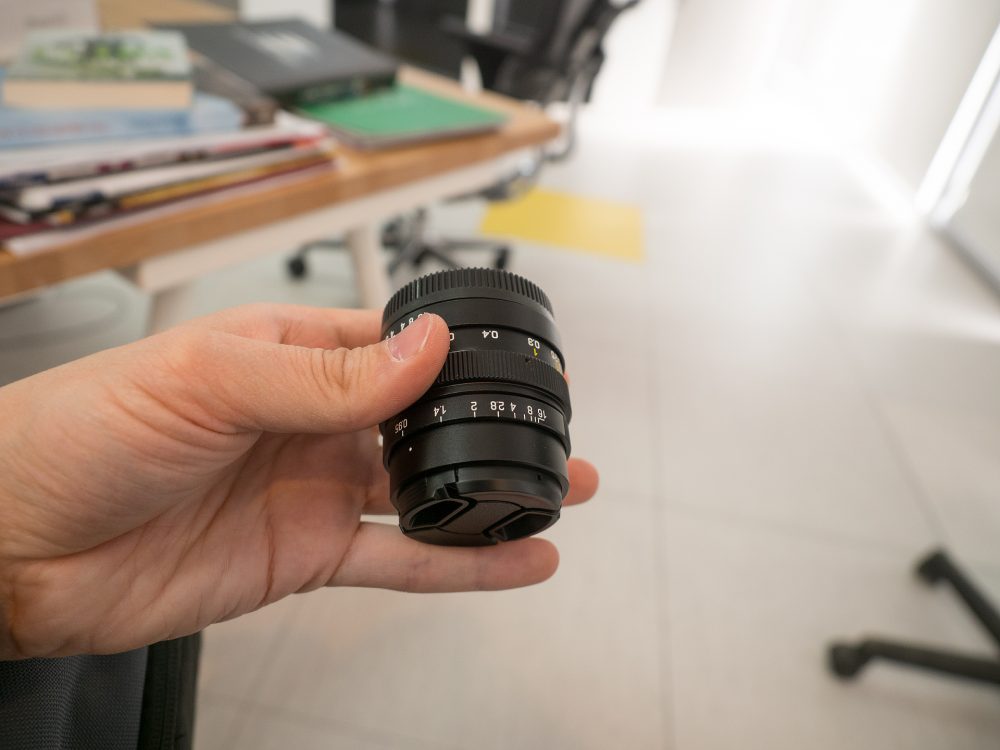
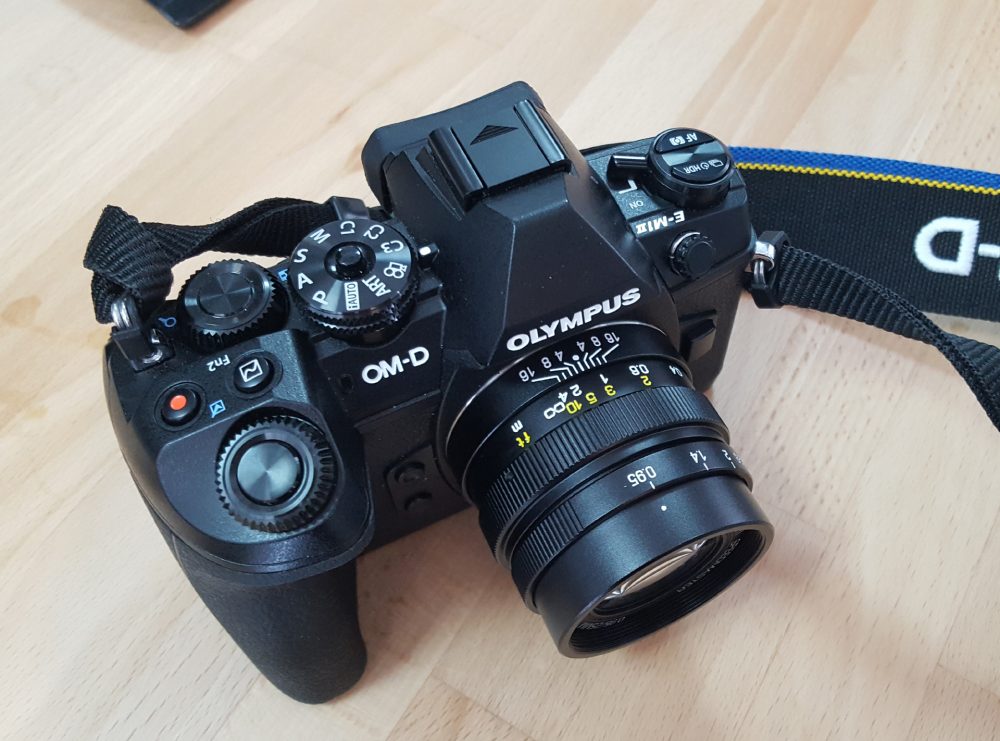
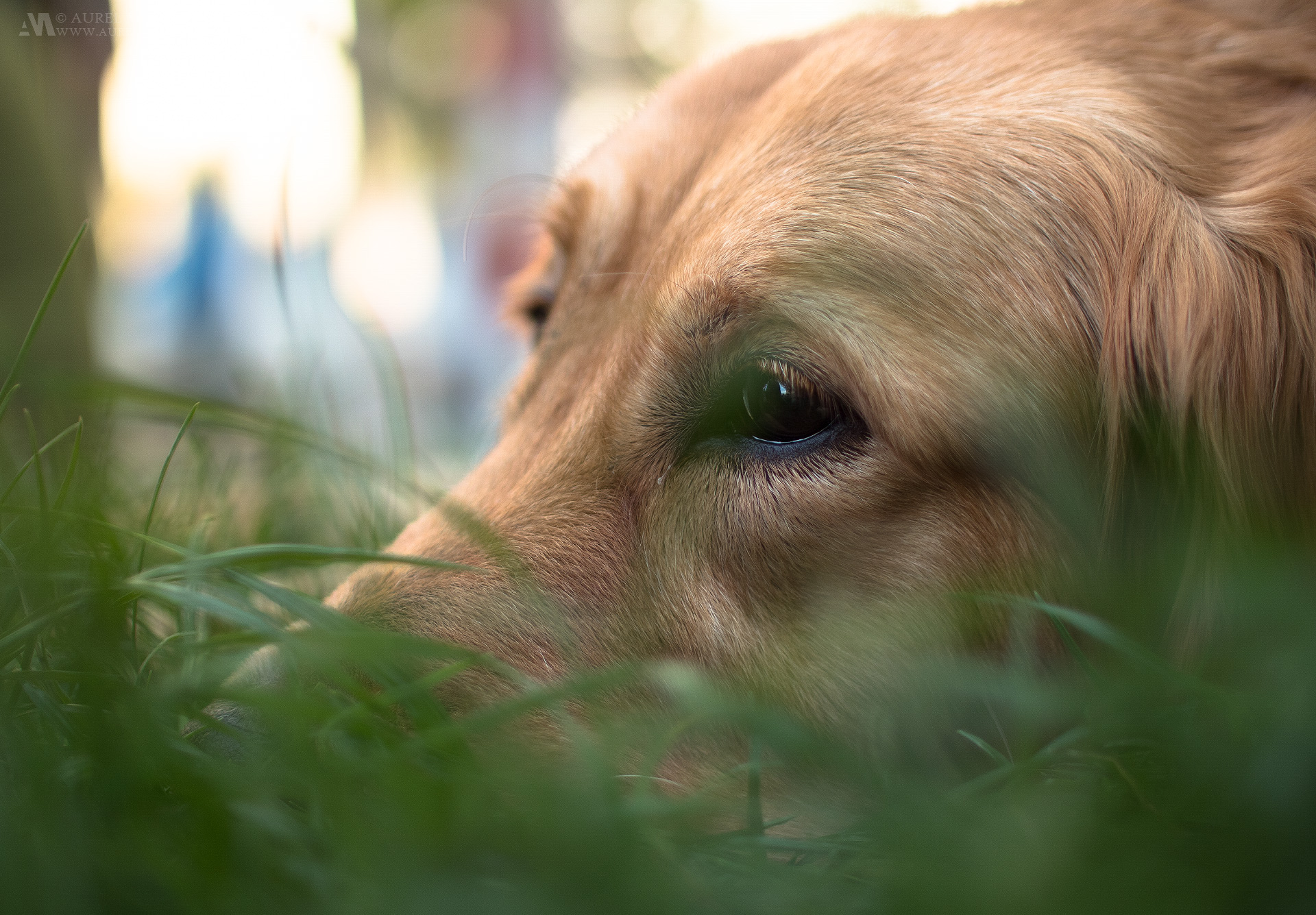
I wished I had shallower bokeh in the zoom lenses (at 2.8 they are 5.6 equivalent). But you can’t have the cookie and eat it too.
Optical Viewfinder. Not necessary something lost, the advantages far outweigh the disadvantages . However the particular viewfinder on E-M1 Mark 2 kinda sux. It is lag free and fast however the image on it is not very pleasant. And that’s a shame.
ISO 100. The minimum ISO on the Olympus is 200. The extended one is 64 however it is not a good idea to use it because there is a huge loss of dynamic range in the highlights. While the increased noise is no issue for me, the fact that is harder to do long exposures without extra ND filter is. Maybe Olympus will add a software ND filter like on Sony or similar to the “Live Composite” function. And I hope they read this some day as it is a huge function that is missing.
Battery life. It’s by no means a disaster, in practice I get around 800 shots for landscape and 2000-3000 for bursts. Problem is that looking through the viewfinder eats away at the battery and that is one of the biggest disadvantages of mirrorless.
What I thought I would lose but won instead:
Small sensor = more noise
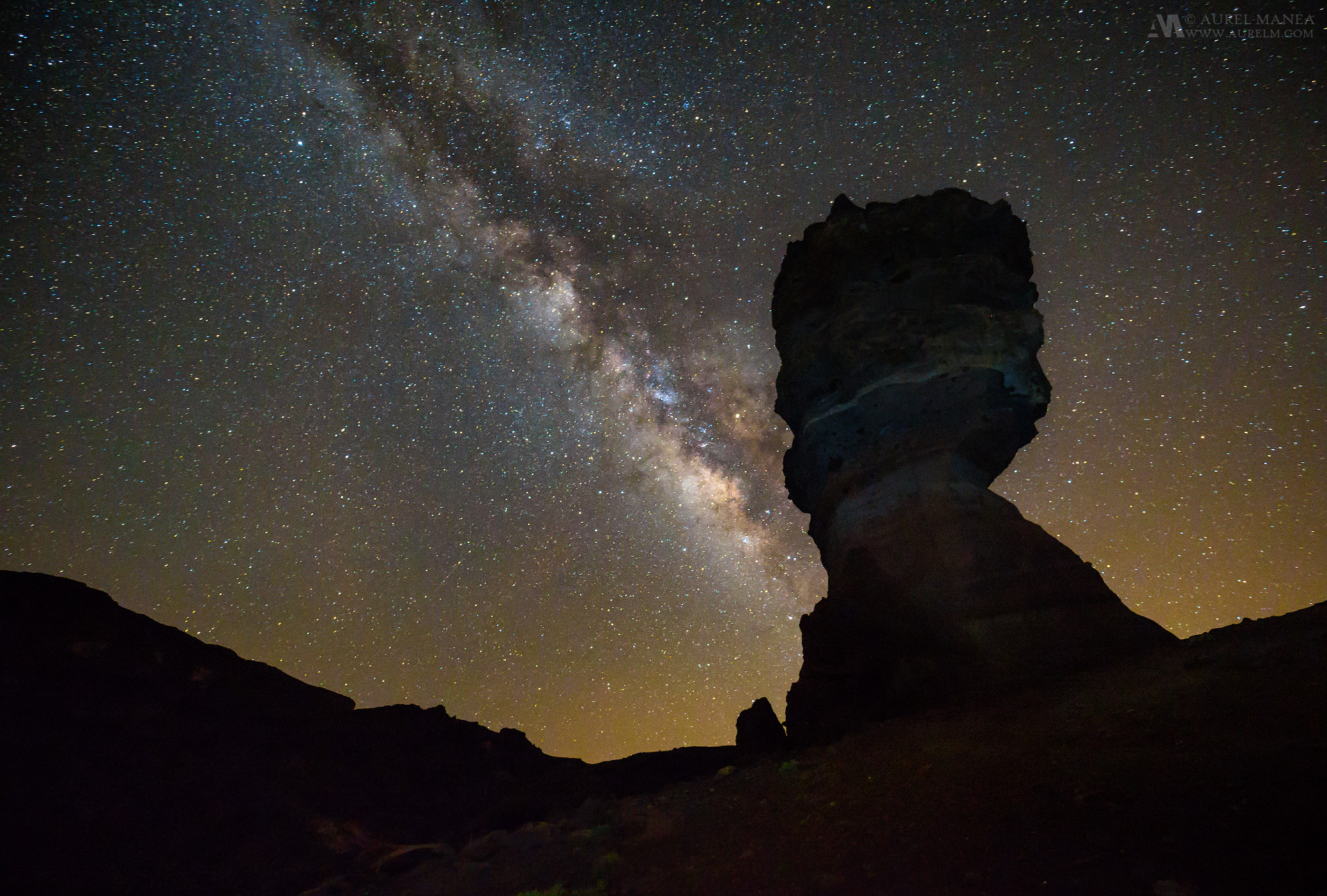
As you can see in the previous image, there is not much that can be criticized on the sensor performance on the field and in the “for all intents and purposes” idea. In pixel peeping tests the situation is not so bright but not so dark either. The olympus is about 1 stop, maybe a little more noisy than my 6d. That is almost entirely compensated that I will use optics with wider aperture (my 24-105 f4 is replaced by 12-40mm f2.8) and the 1.4 of the sigma is replaced by the 0.95 of the Mitakon. Now for the telelens I must admit that opting for the very small 75-150mm 5.6-6.8 means that I will lose 1 stop compared with the tamron 150-600 in lowlight. In case that becomes a problem I will get an f2.8 or f4 tele lens (the 300mm f4 seems excelent but way too expensive and the 40-150mm 2.8 is a bit on the small end of reach) but since I mostly will be using it for landscape the lens is perfect and very much rather I don’t put too many kilograms in the backpack.
Here is the 6d and Olympus at 12000 and 6400. Mind you I have found the 6d to be the best of the Canon range regarding noise, even better than 5d mark3 or 4.
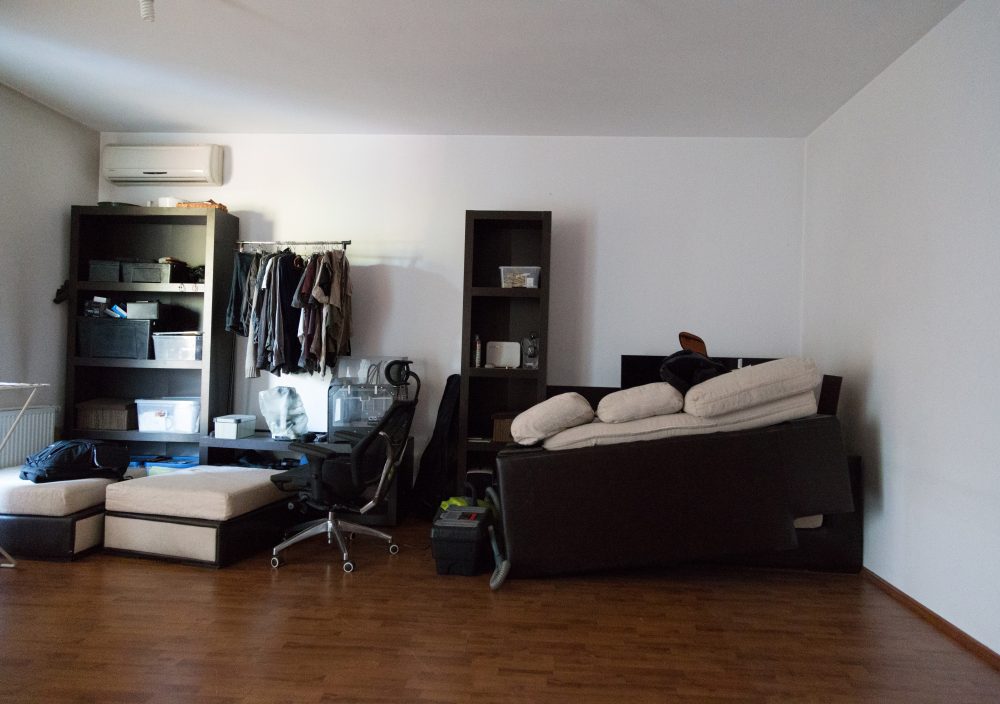
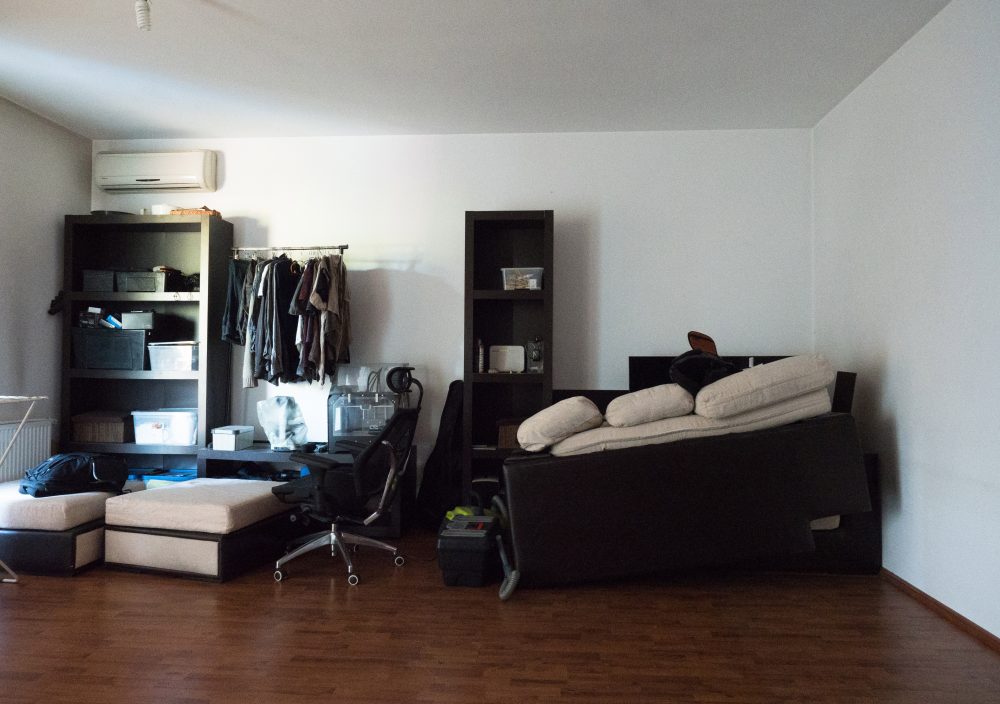
The comparison was made at different ISO’s because as I stated I will be using larger aperture optics.
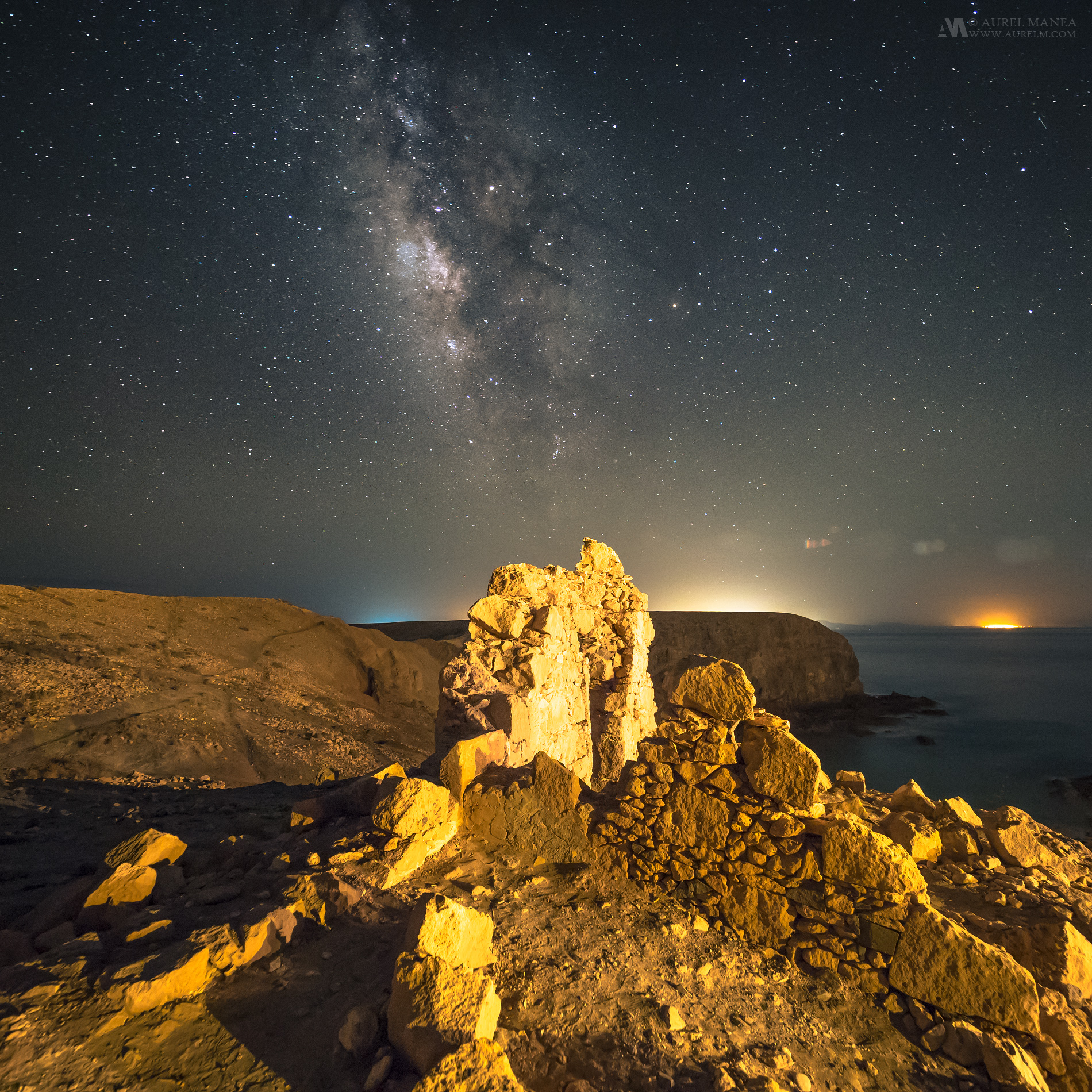

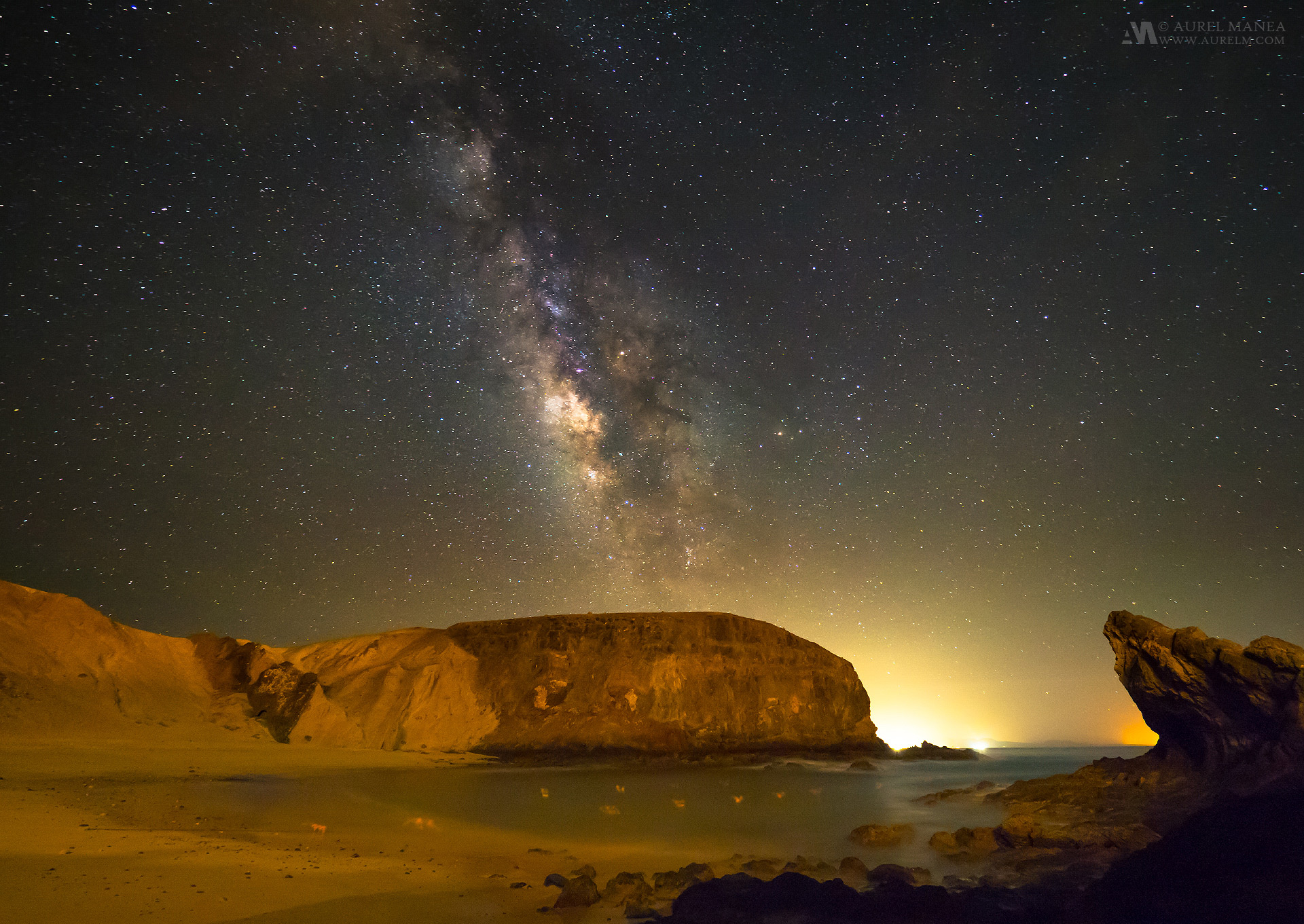
Now all this ISO talk is mostly theoretical only matters in practice for milky way shots, wildlife and night street photography (where there is no problem thanks to f-numbers like 0.95 or 1.2) . Because for all the rest the results are way better for handheld shots due to the incredible inbody IS of Olympus so I never feel the need to go above iso 200 as I can always increase exposure up to 3-4 seconds, in a few cases even 7. Even at wildlife I can use 1/250 instead of 1/800 in case there are no moving subjects.
Speaking of sensor performance, compared to the 6d the dynamic range seems to be a bit bigger (maybe 1 f-stop). Very good for single shot landscapes with very high contrast.
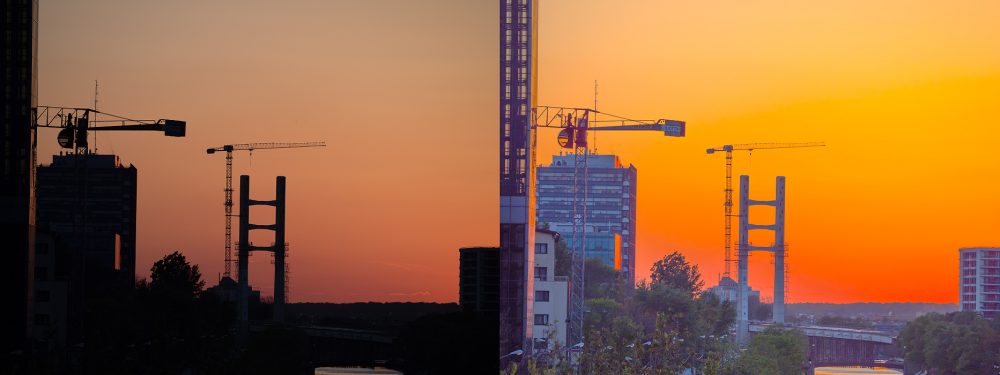
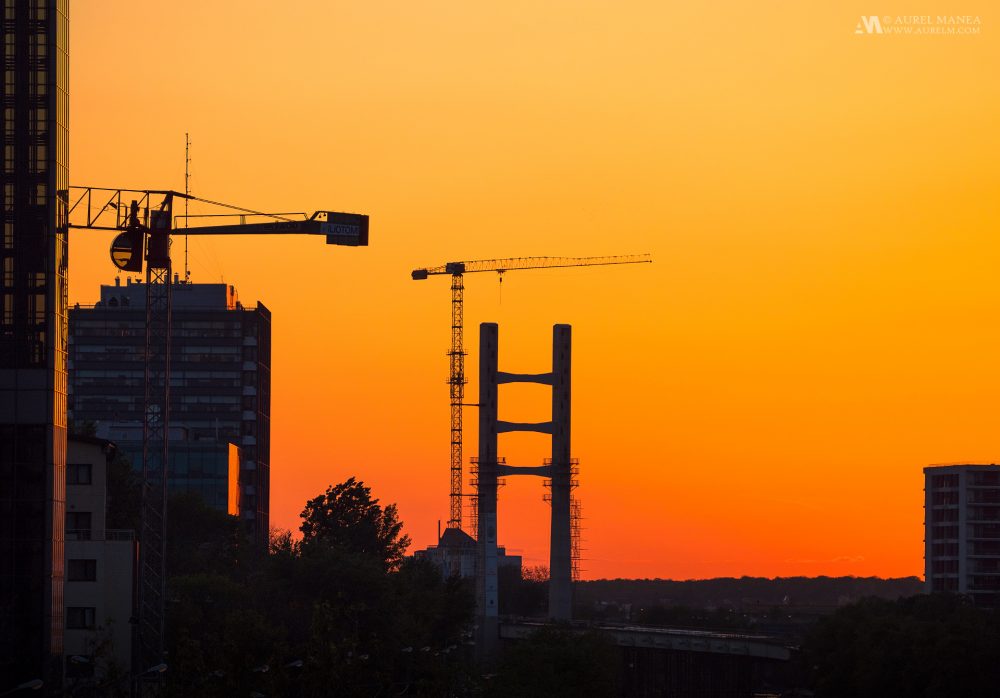
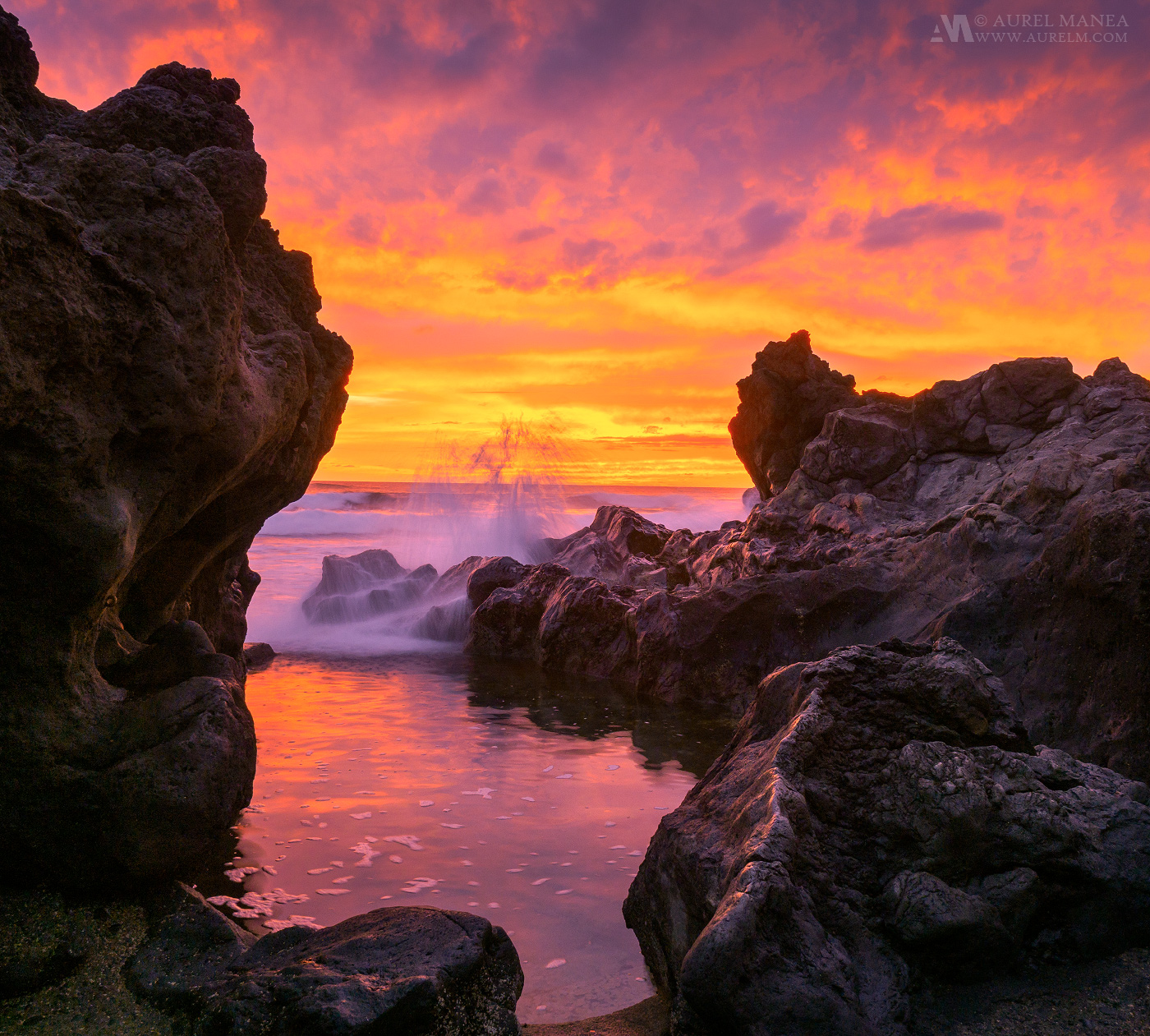
What I gained:
The incredible in-body stabilization. The main reason this is my camera of choice now and with performance way beyond any wild dream I may have had. At super wide I can do 5-6 seconds easily and at normal range 3 is OK. I actually managed to be maybe the first person to actually shoot the Milky Way handheld and a whole trend followed with longer and longer handheld exposures of up to 10 seconds. Now shooting the milky way handheld is as useless as it gets but the fact that I will never need a tripod for anything else than astrophotography is simply incredible. And I so wish I had the camera before going to northern Spain where I mostly photographed beaches…
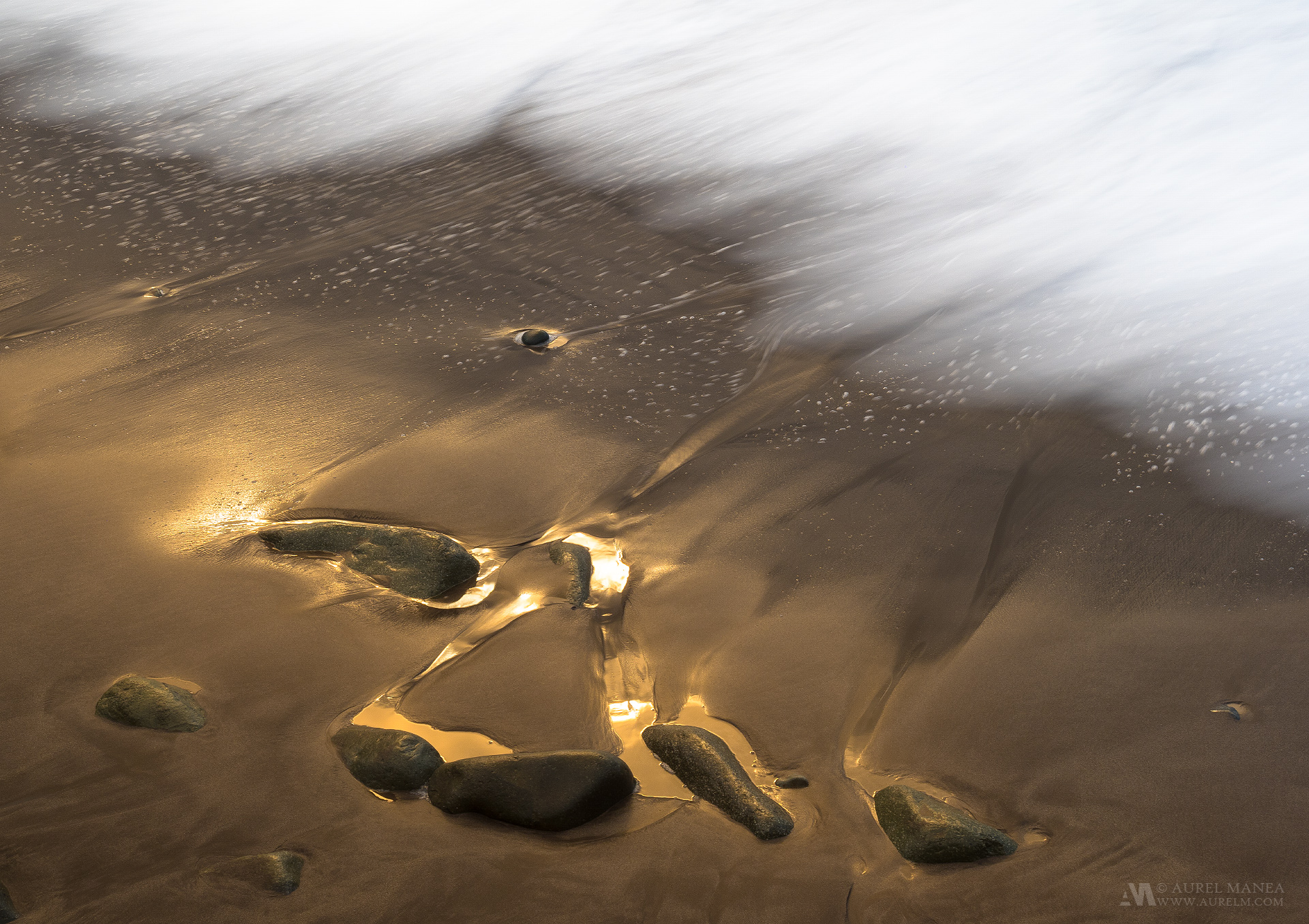
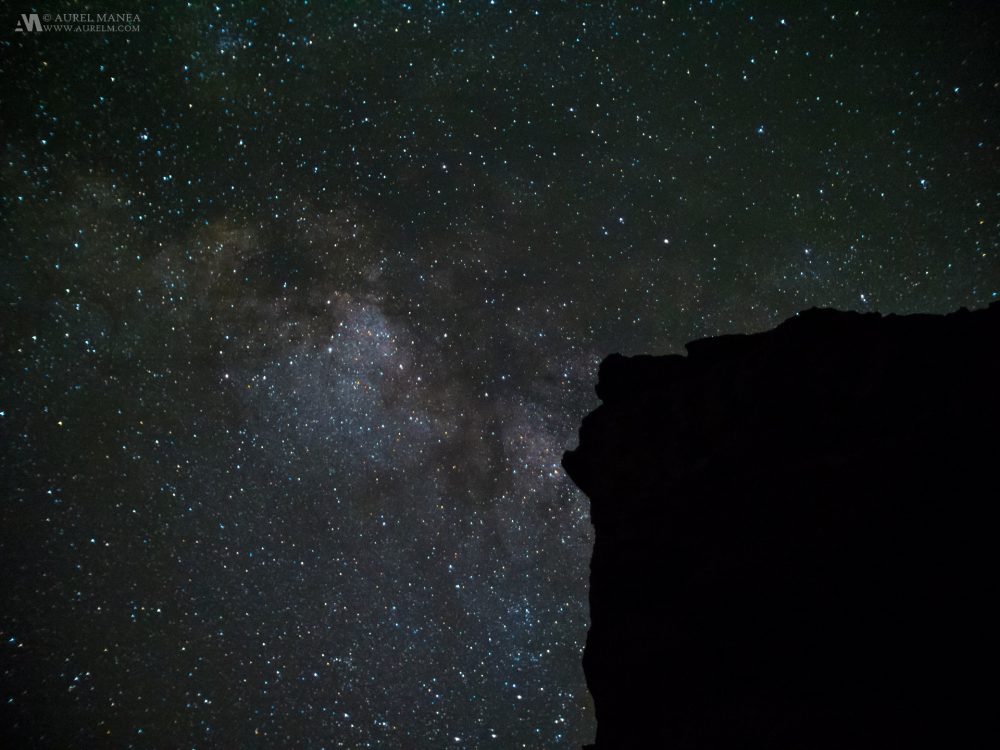
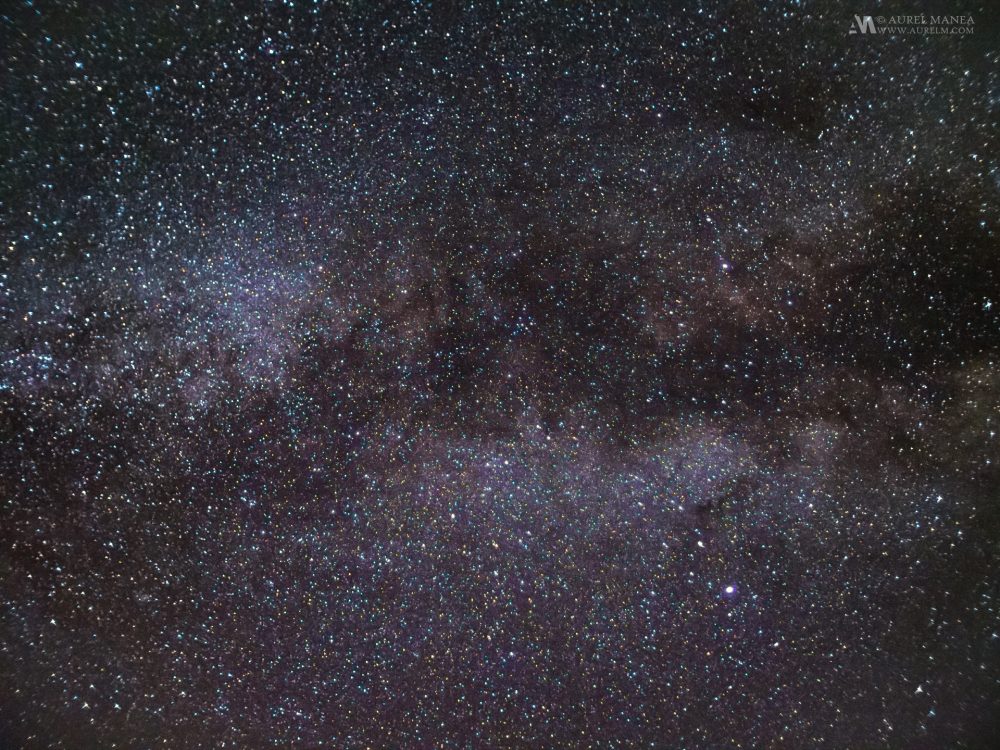
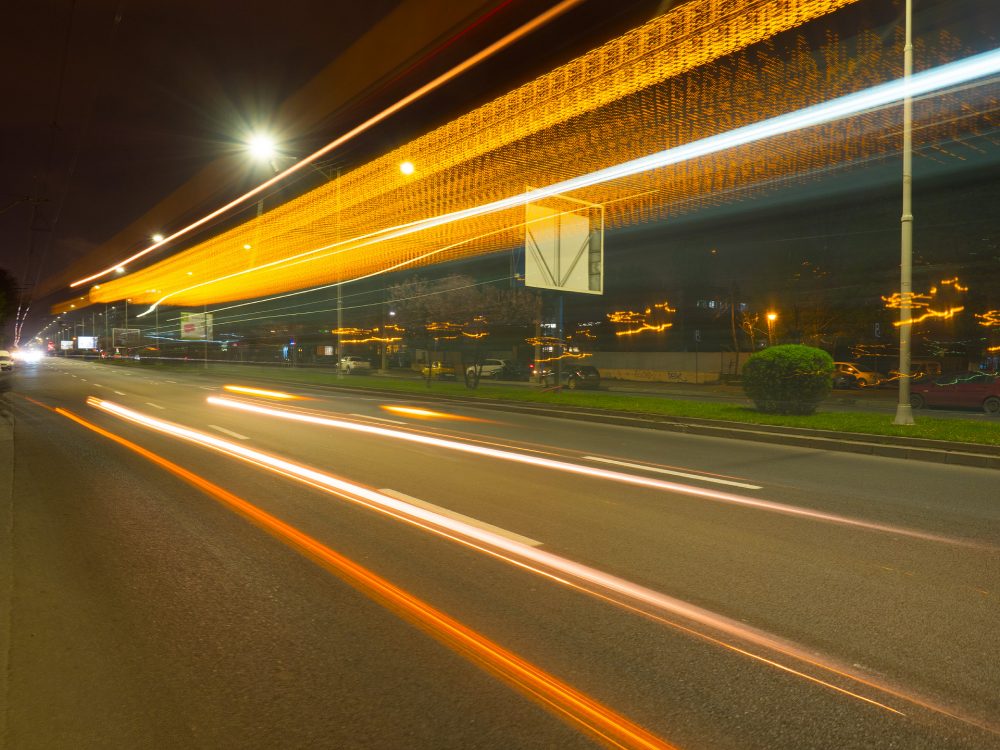
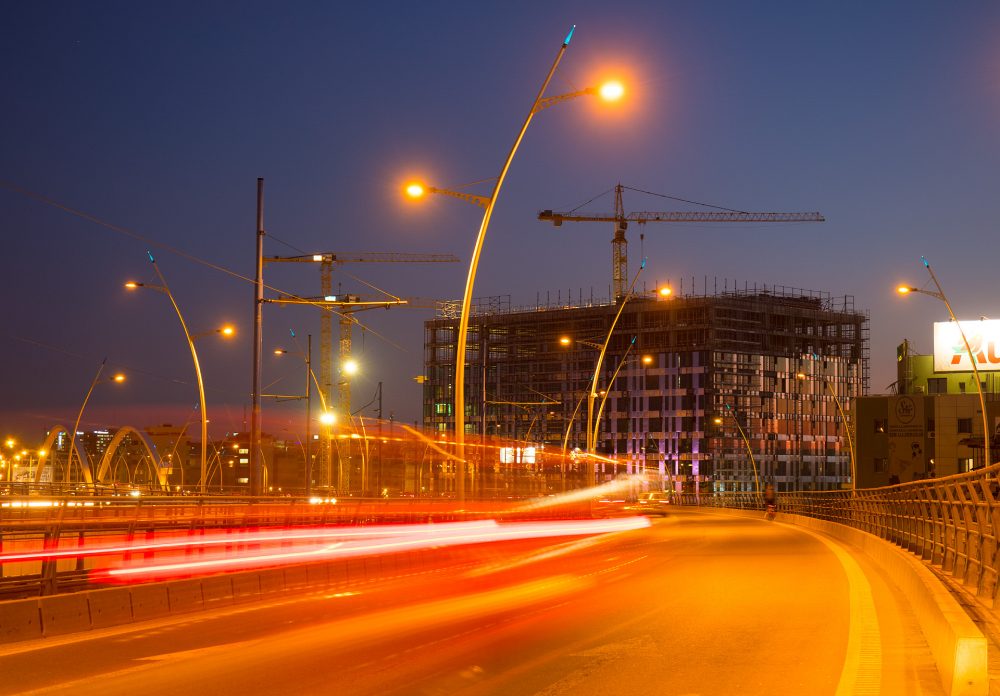
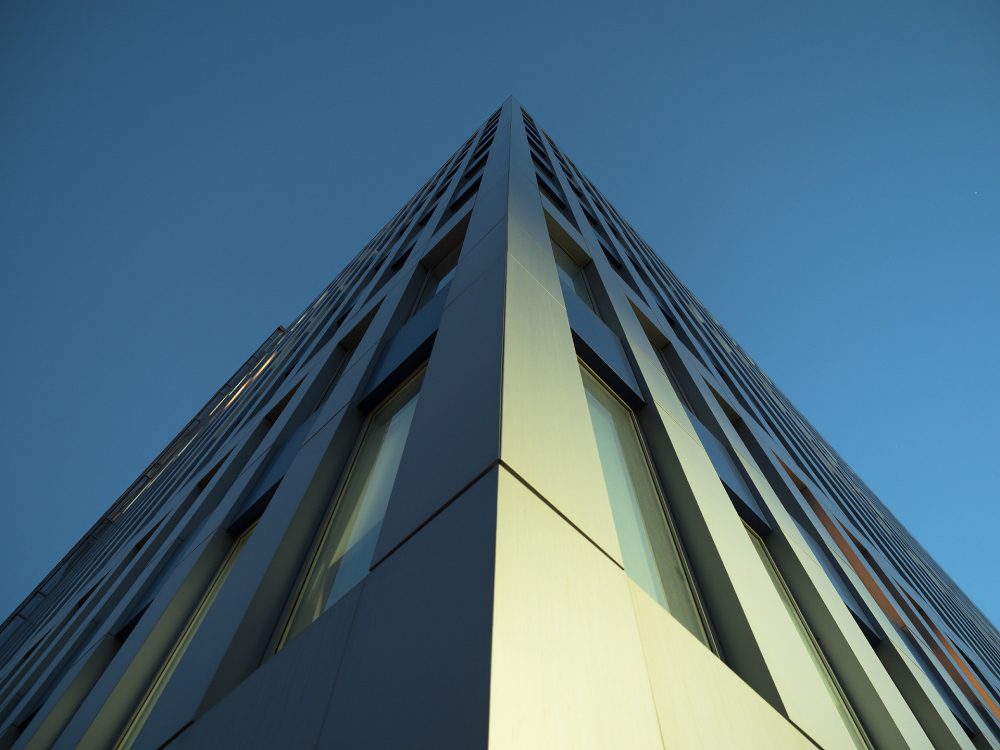
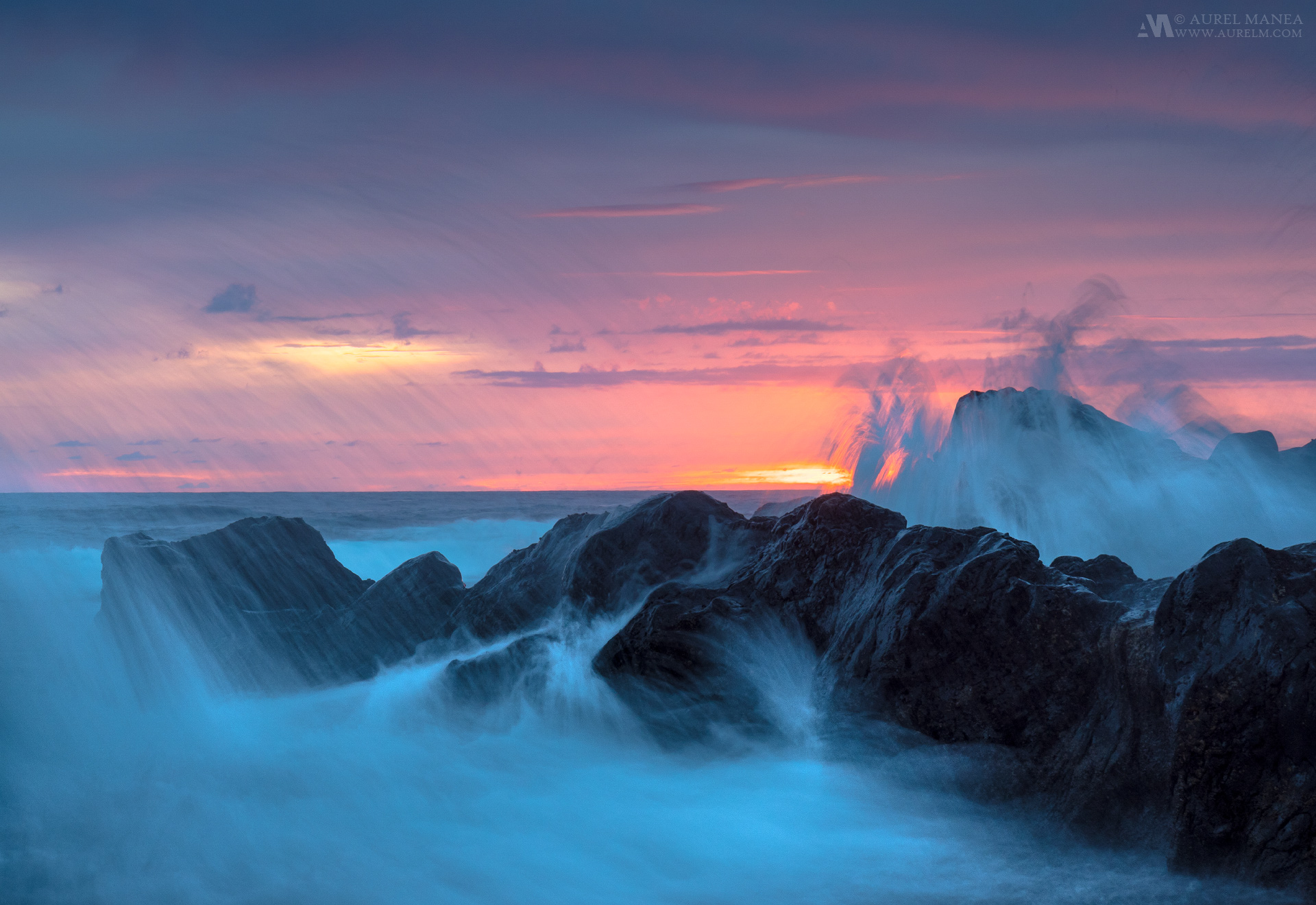
You can see the IS working its magic during filming. This full concert was recorded at iso 3200-6400 with the 12-40mm f2.8, handheld and from the crowd. Also you can get an idea of how well the camera performs at 4k video in low light and how decent the sound is.
This is another test from Vacarest Park for the tele end (300-600mm equivalent with the 75-300). Also pay attention to the sound.
The possibility to have handheld exposures for even one minute. This is not something I ever thought I would say but one morning I had an idea. So if the camera has an electronic shutter it means that the time between shots in burst mode would be minimal. And that in returns means that I can treat 60 one seconds exposure as a single 60 second one and stitch it in photoshop using the “mean” blending mode. And also because Photoshop can align layers this in return acts as an extra image stabilization like you would to for movies. While it is a bit unpleasant to do all this workaround it can come in very handy when there is no ND filter at hand or when it is not enough. Or when you want the flexibility to chose afterwards how long you want the exposure to be by choosing the number of photos you stitch.
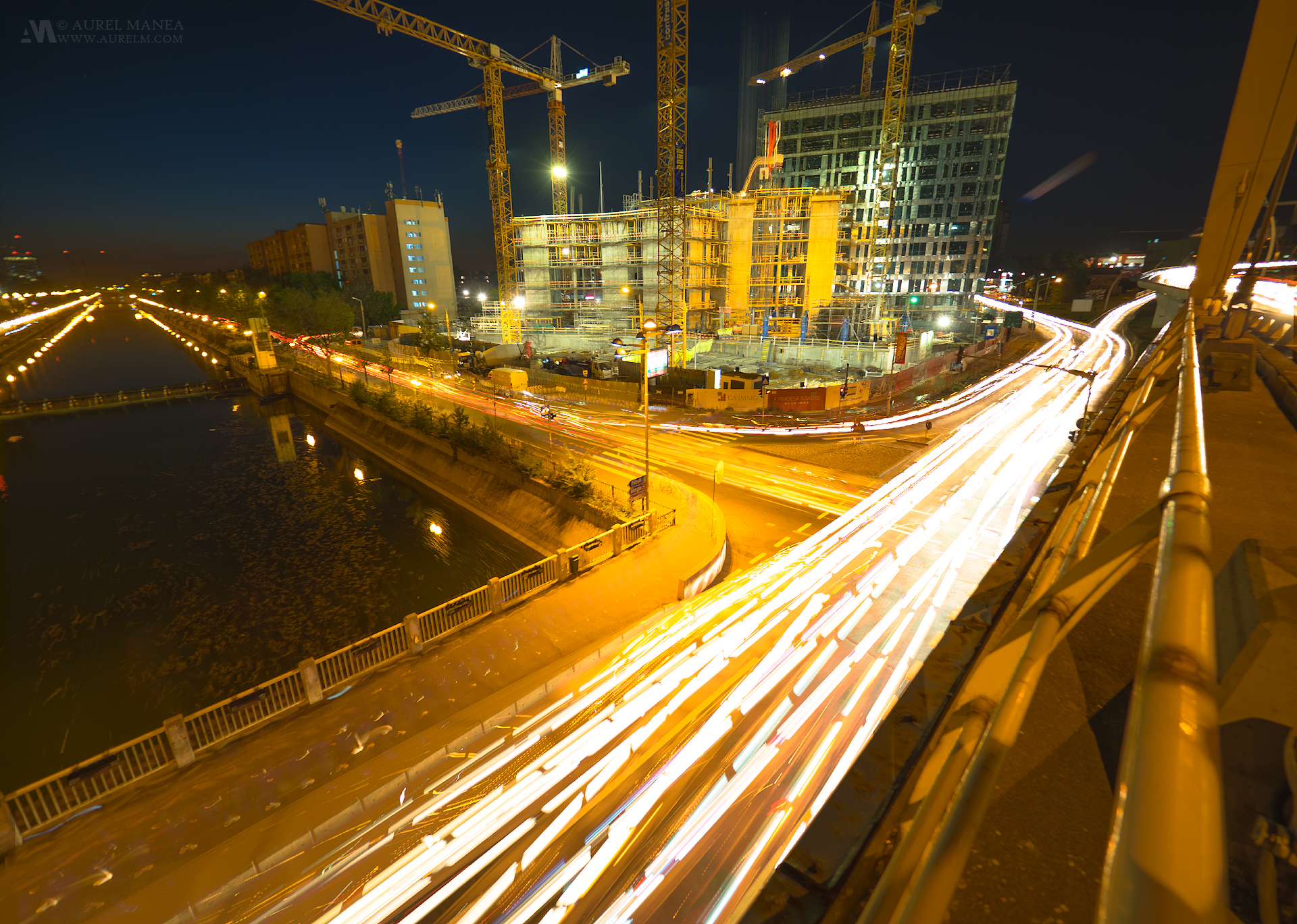
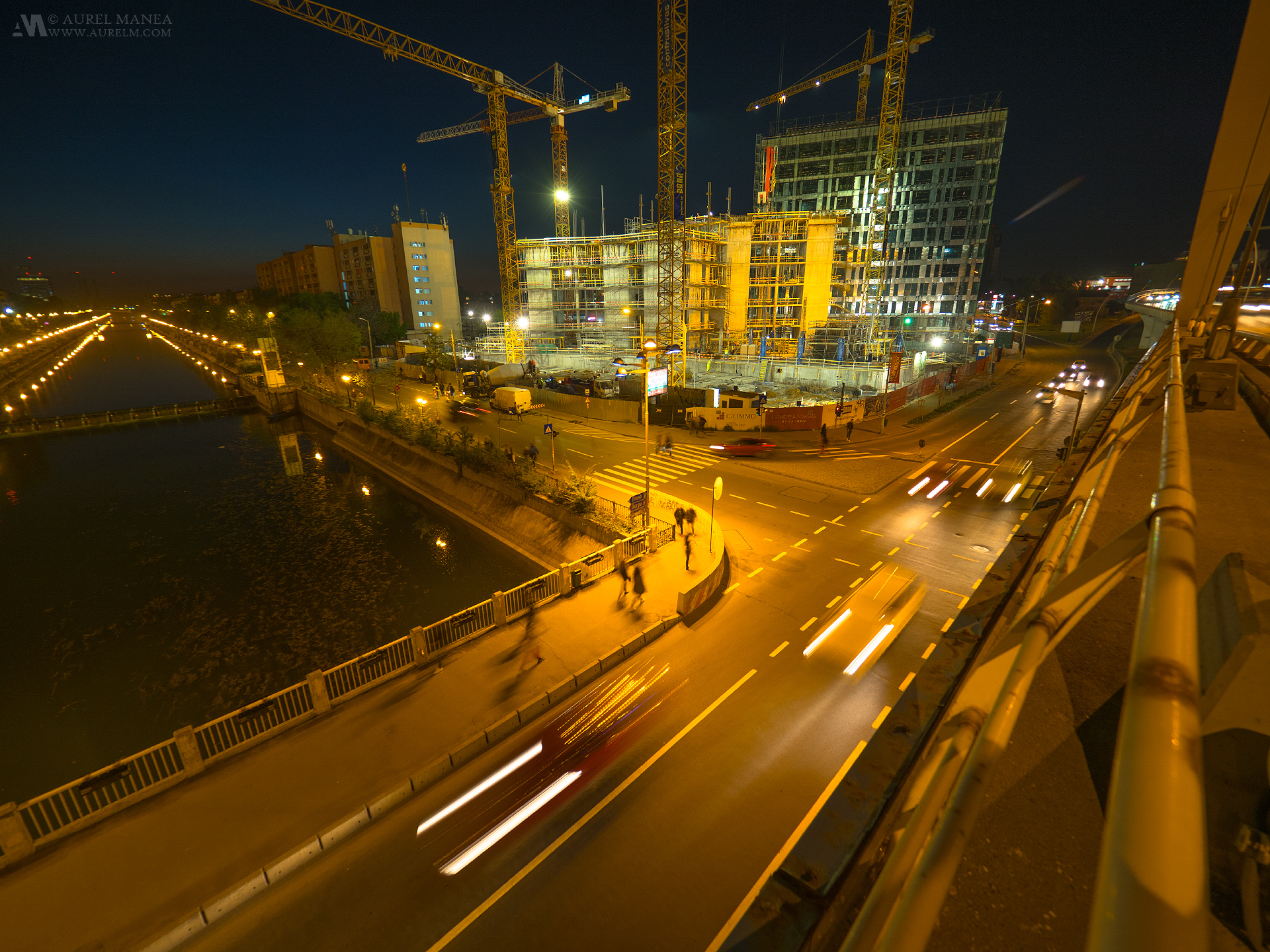

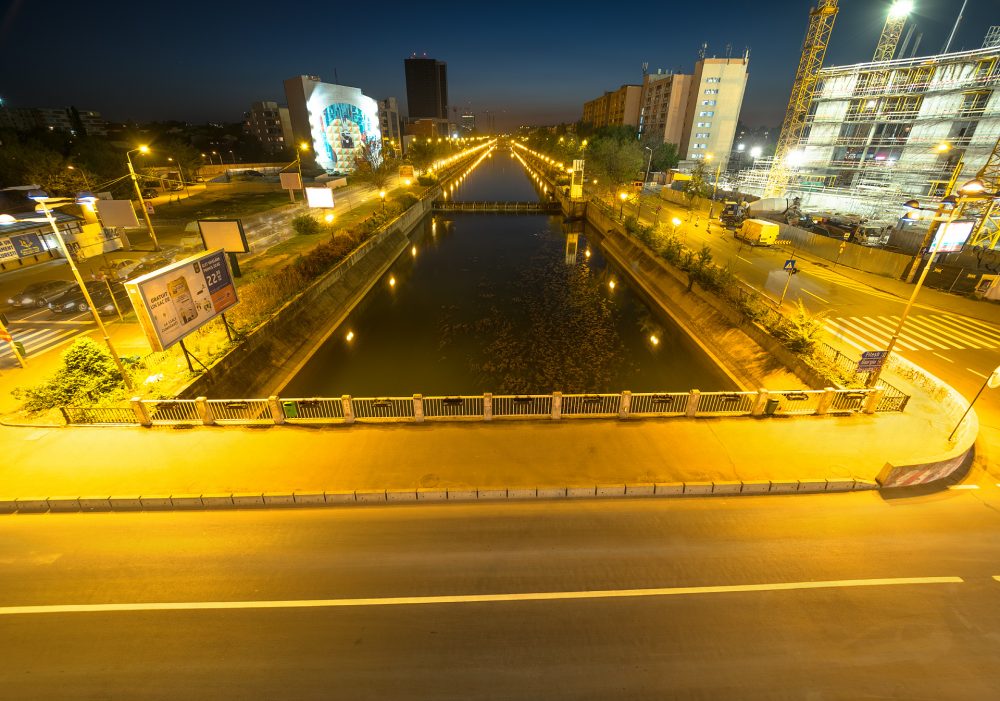
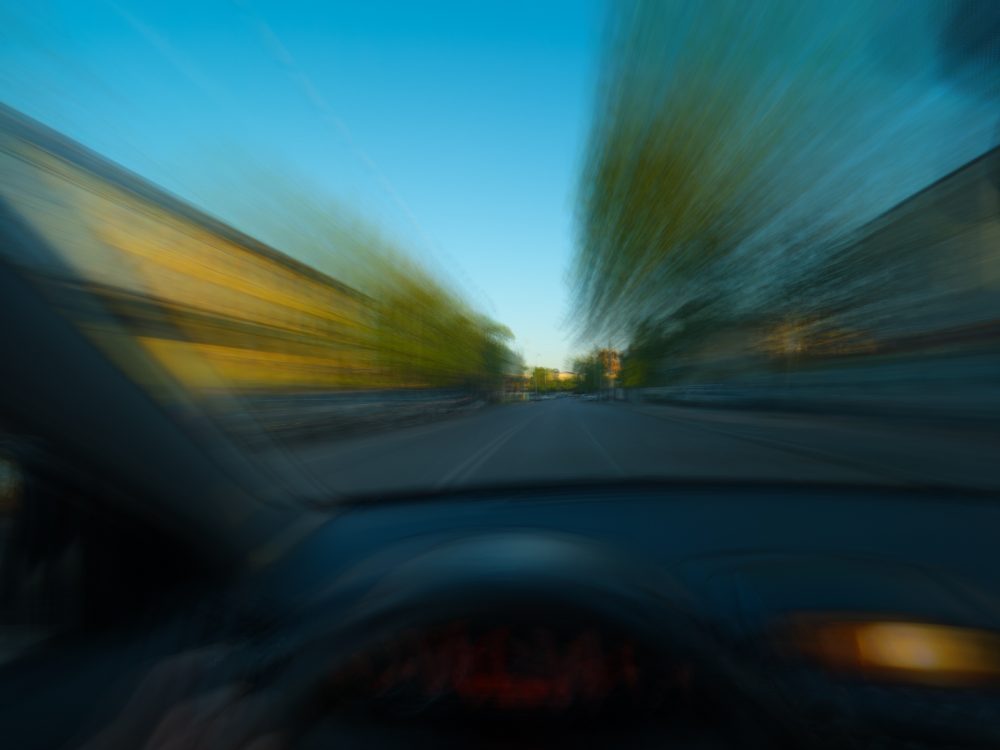
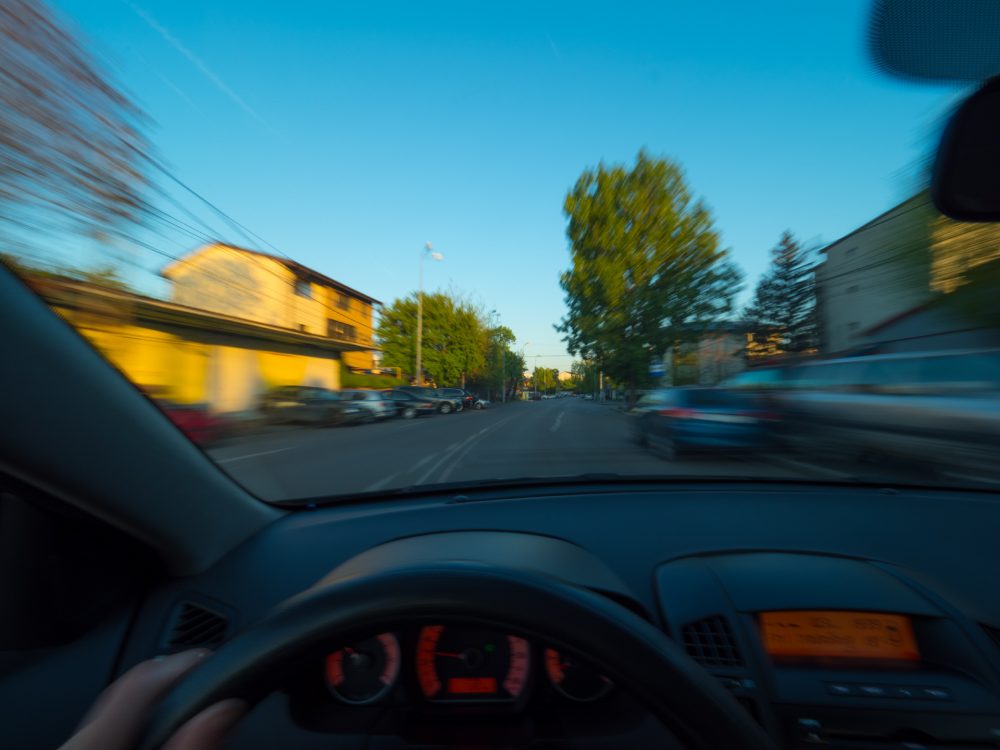
4k Video. Nothing annoys me when someone defending a camera system uses something like “If you want video you buy a video camera” or “you have to decide if you want video or photo”. No, no, no, that is simply stupid. The time of separation is long gone. All the competition has cameras that does video and photo very well, it is now inadmissible to have crippled video. It was Canon that changed that and made a cheap dslr that was used all over Hollywood with great success and bridged video and photo forever, saying something like “you have to chose” is just plain nonsense. And now the god damn 6d mark II came out with 1080p??????? Really? 1080p?
Getting back to the Olympus the camera shoots brilliant 4k. Unfortunately it does not have s-log or 60fps 4k but for most of the cases the dynamic range in the professional mode is more than enough and allows plenty of postprocessing. The bitrate is as high as 237 Mbp and that is one of the biggest bitrates I ever heard of for video, and allows almost artifact-less video.
Very good optics. This one is relative because I compare the best of Olympus (pro lenses) with the optics of my 6d (24-105 f4 L is mostly). But going from 24-105 F4 L IS to 12-40 f28 PRO was a huge upgrade, the pro lens behaving flawless at f2.8.
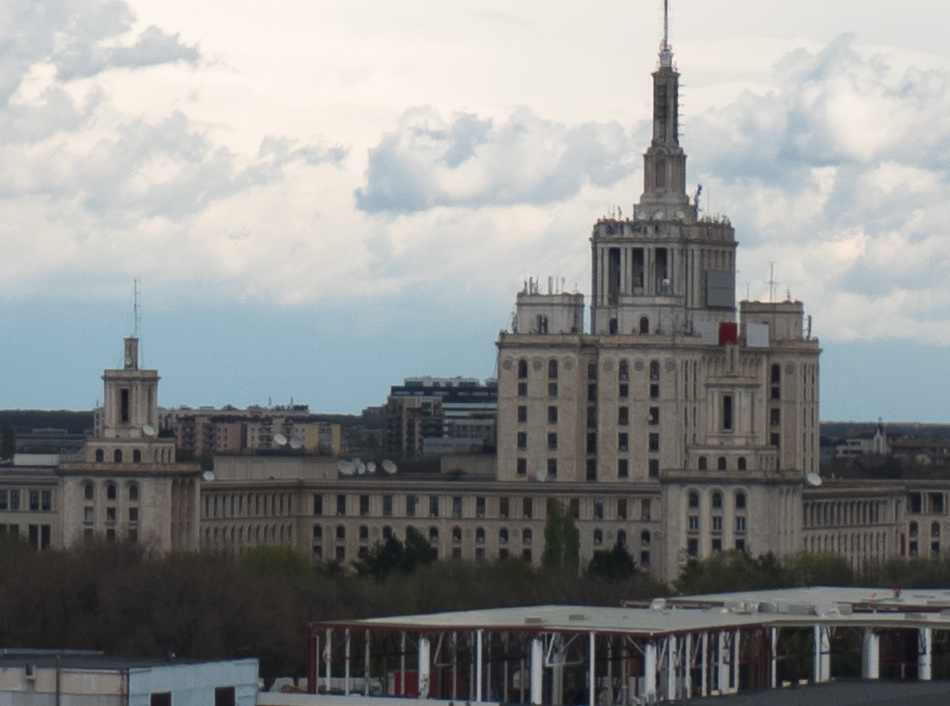

And yes, the zuiko PRO lenses are very very expensive but they are very sharp and cover the 80 megapixels of the “Super resolution” mode very well.
Super Resolution function. In practice I am not going to use it but it is the kind of gimmick that I love at brands like Olympus. It practically produces an 80 megapixels image by shifting the sensor between pixels. It works well for static/landscape shots on tripod and not so much for anything else.
60FPS burst. This is insane and while it does not focus in this mode you can get shots that otherwise would be impossible. And it holds this speed for a couple of seconds before getting to the limit of the SD speed. And while 60fps is not that useful, the 20fps mode where you can use Continuous AF is very useful and still almost unheard of in the world of dslr’s
The Autofocus in general. I found it to be faster than on the 6d that should have a very good central point. However just comparing central point performance I found the Olympus to be faster in low light and at the same aperture. Besides that the Olympus has 121 cross-type focus points scattered on the whole image and not just around the center. Not that useful for me still, I am one of the old school guys that uses center point + re framing.
One other useful gimmick is that the Olympus can limit the autofocus between any ranges. Very useful in areas where you know where the background would be and the general area of where a wildlife subject will run/fly. This way you avoid focusing on the background. You can have 3 range settings that you can cycle between and disable the limit with a customized button.
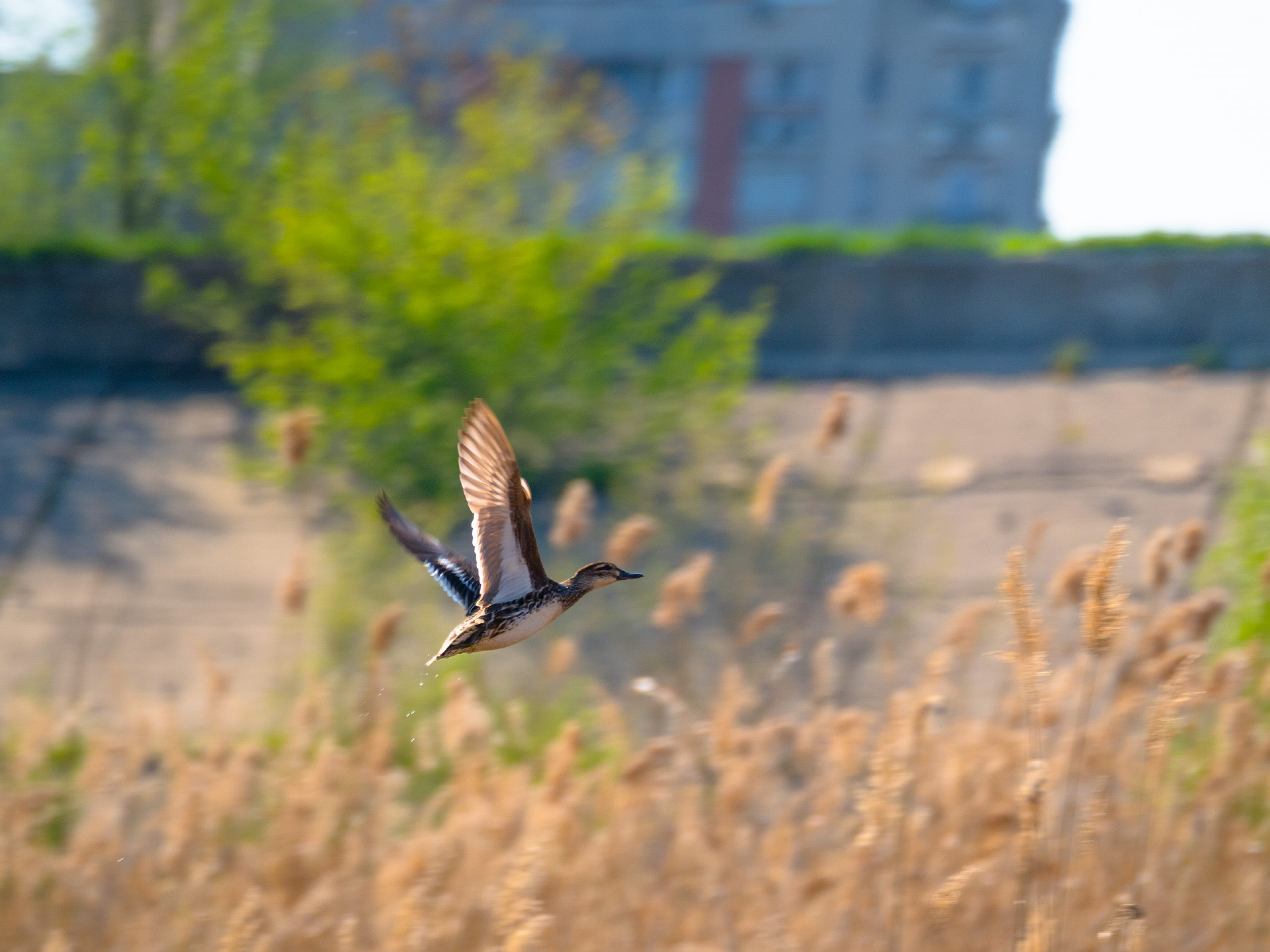
Pro capture mode. In short, this allows me not to miss any moment that I otherwise would have missed. Like a lightning, an arrow that flies from a bow etc. What the camera does is that when I half press the shutter button it starts buffering and cycling 18 raw images before the shutter is pressed. When the shutter is pressed besides capturing the next images it also saves those last 18 ones before the shutter was pressed. For this lightning I do not need incredible reflexes, I just needed to press the shutter within 1 second after I saw the light. This allows, again, images that otherwise were technically not possible, like short exposures of daytime lightning without any effort.
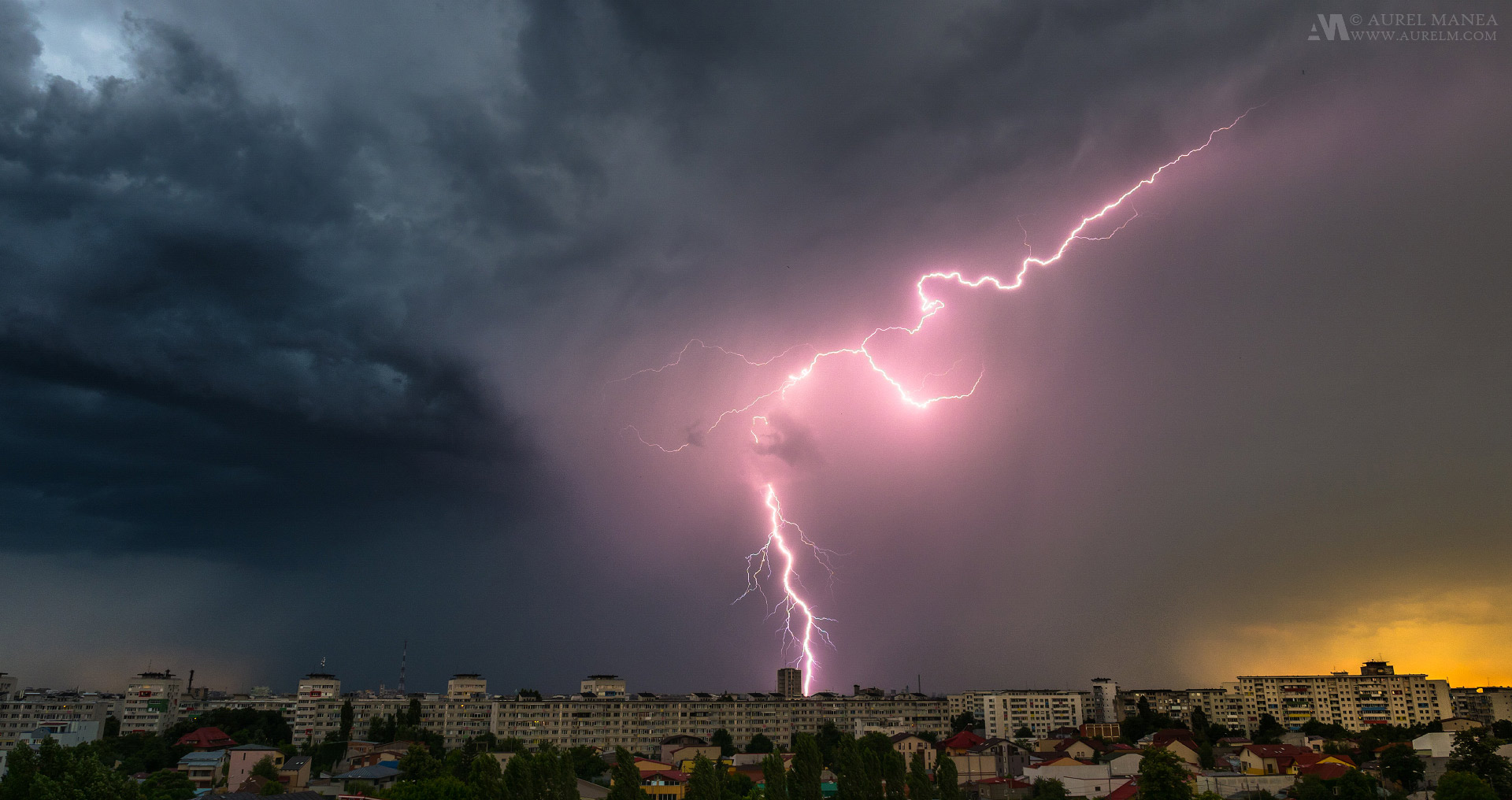
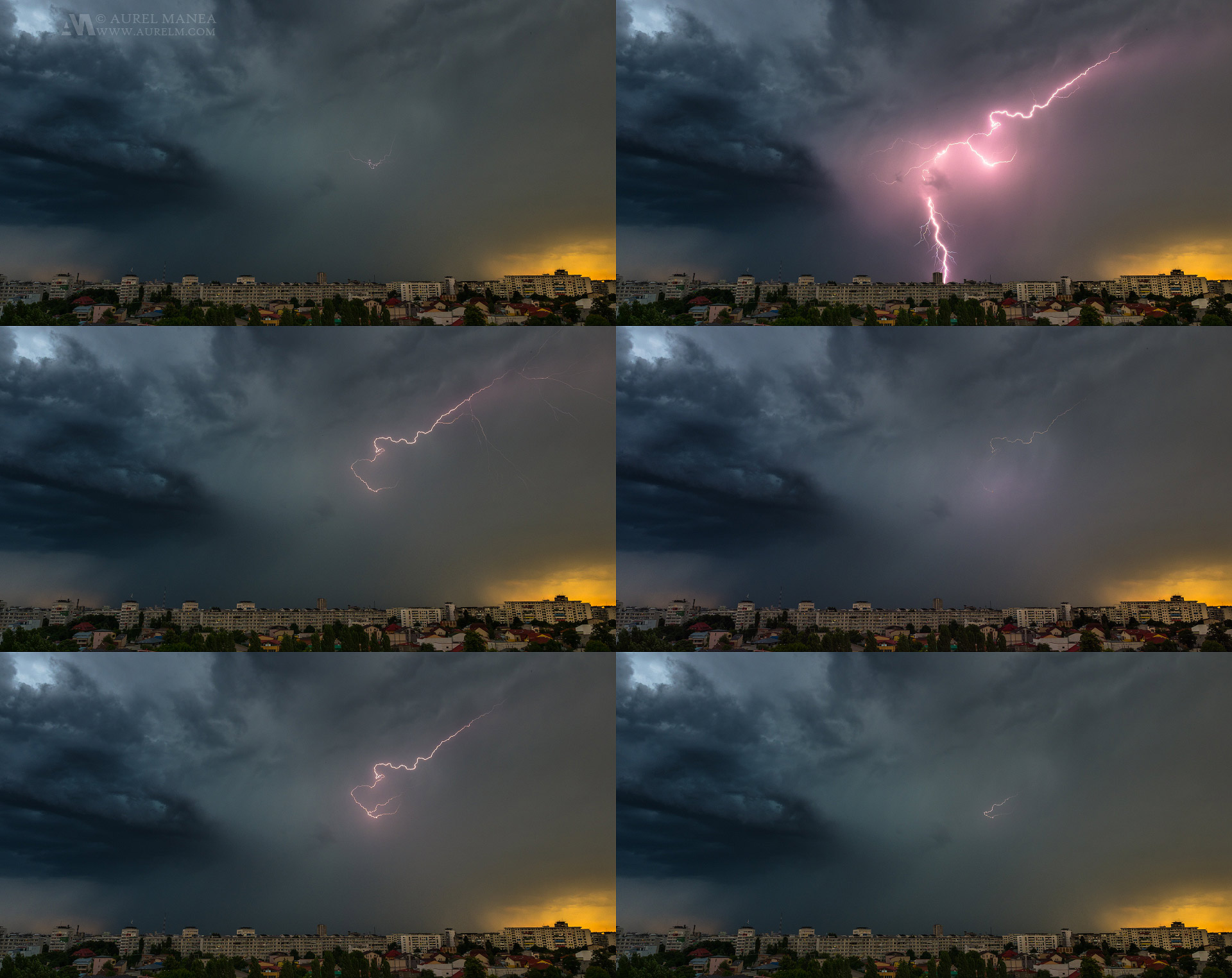
Weight. This goes without saying and it is one of the main reasons. From 6kgs with tripod and old setup to less than 2kgs in total.
Fully articulated screen. There are some cases where the viewfinder just does not work. Ground level shots, shots in very constrained spaces, hidden street photos etc. The articulated screen should have been standard in all cameras since… well since the first one came out.
Electronic shutter. In some cases, besides the stacking process mentioned earlier, the electronic shutter is very useful. Like wildlife where any sound could scare the animal. Or just preserving shutter life in general. Or just avoiding shutter vibration for landscape.

Customizations, settings, customizations again. Everything is customizable to a point it sometimes becomes overwhelming . Probably in one year I will still find something and go: woooow, I could do that ? And that’s just the way I like it, never old ?
Inconspicuousness. Huge dslrs simply draw attention. And you never want that for street photos. Not only the subjects tend to be scared, mad or just plain unnatural you can get in trouble with security, police and any person in uniform that associate big cameras with pro photos.
A new feeling. The most subjective one of them all. I love the camera, I love the feel, the 80’s look, the ergonomics. Like the feeling I get from a Fuji camera this camera is made to address some nostalgia within me. I simply love that body.
Tele commodity. the Zuiko 75-300mm f4.8-6.7 II was one of the surprises. For only 400 grams it practically became my main lens on the camera, figuring out that something far away is much more in need of instant access than something near. And also this allows me to have the tele capability during any night out or plain old cigarette opportunity .
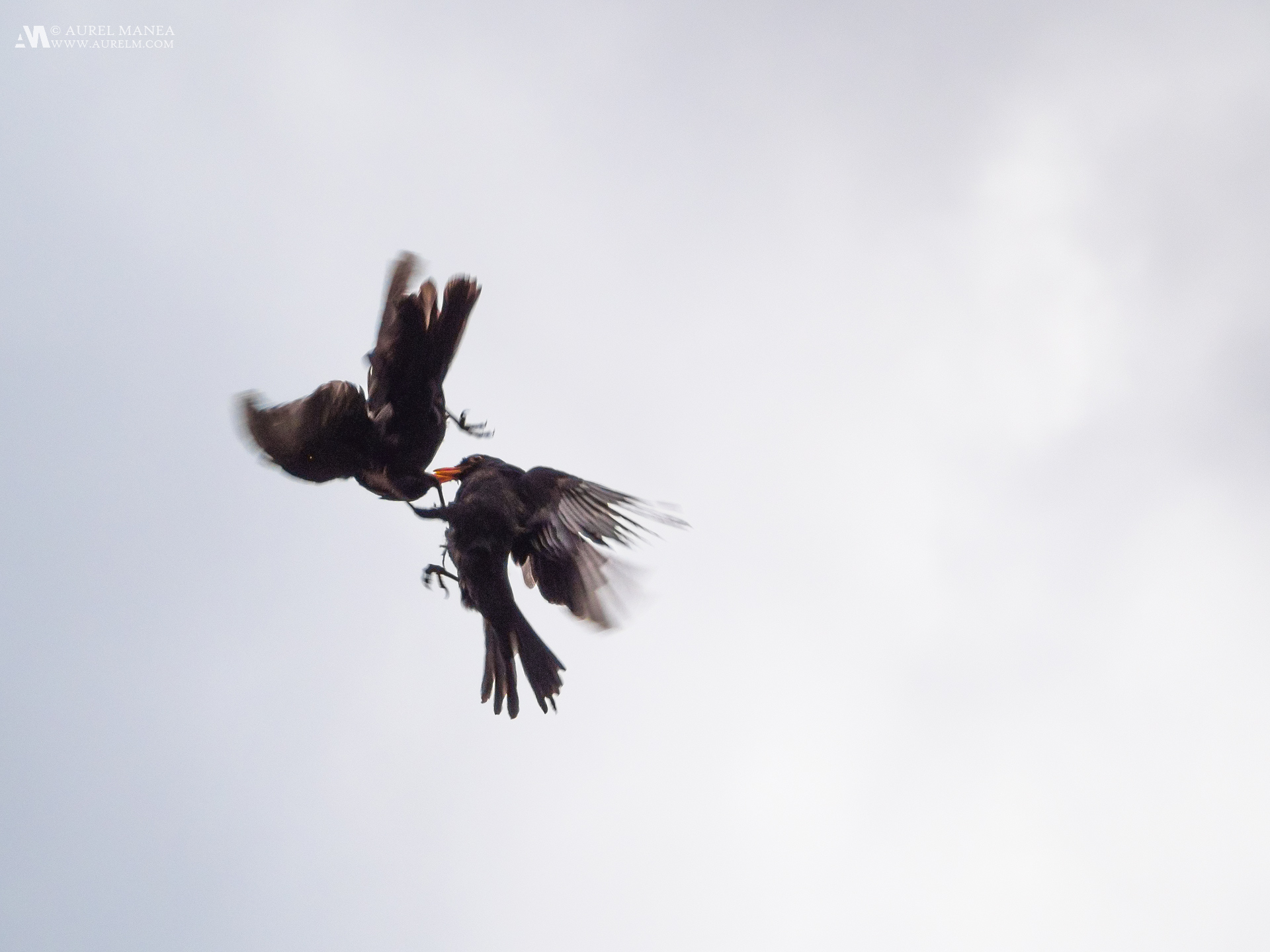
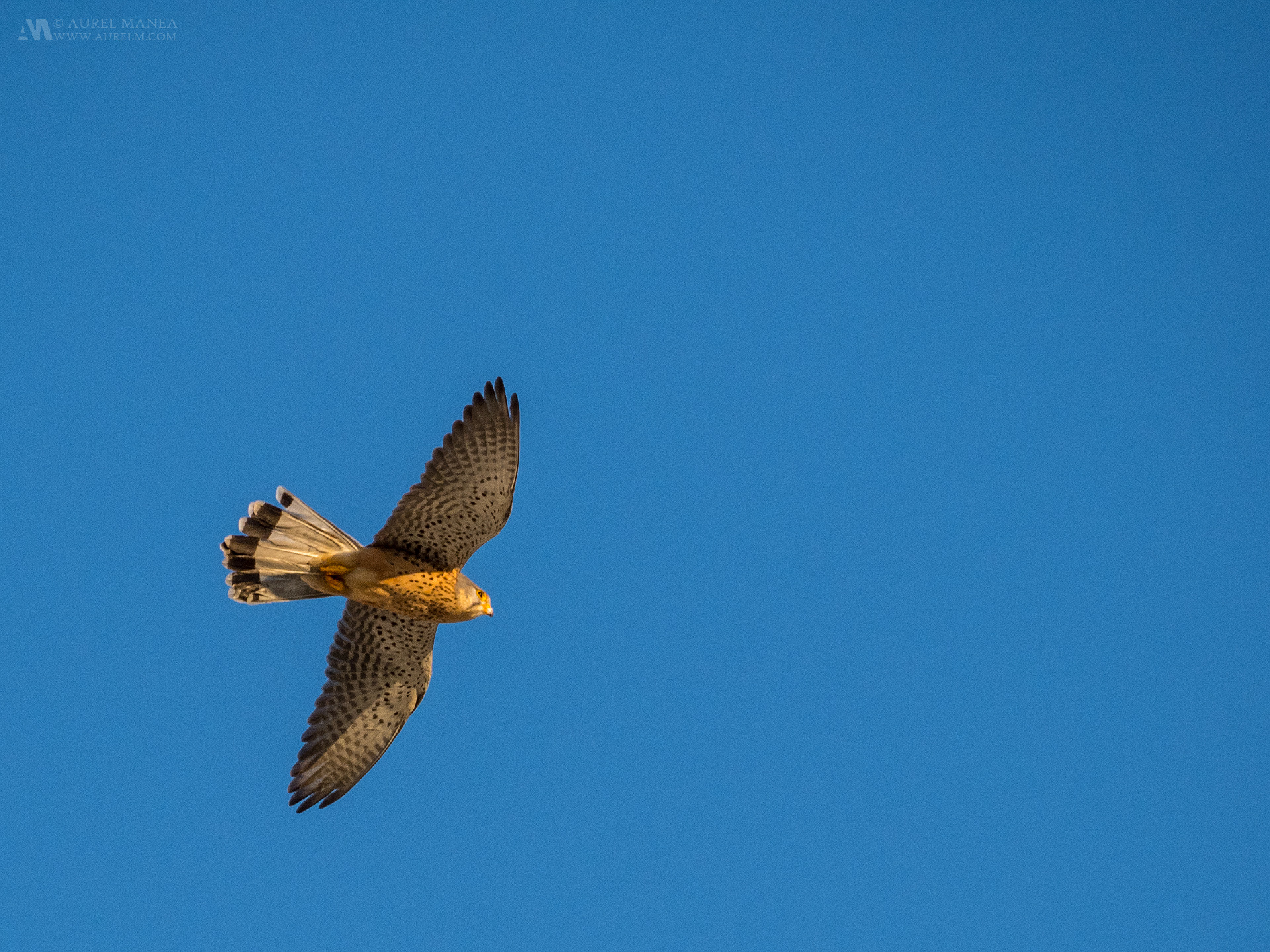
Electronic viewfinder. While I did mention I do not like the way the image looks in it, the advantages are countless. At night this gives me night vision, the zoom function gives me a telescopic view of the craters on the moon, Jupiter and its moons or the neighbors in a block 500m away. Or the fact that I can look at the photos I made during very bright conditions where just the screen is not visible.
Manual focus peaking. Sometimes autofocus is hard because of foreground objects or just because it is a manual lens. The next photo was focused manually.
The rest of the functions I have not yet tested. Most functions I have not tried and as I do I will update the review with them. But it is very nice to know there is something new to learn and use.


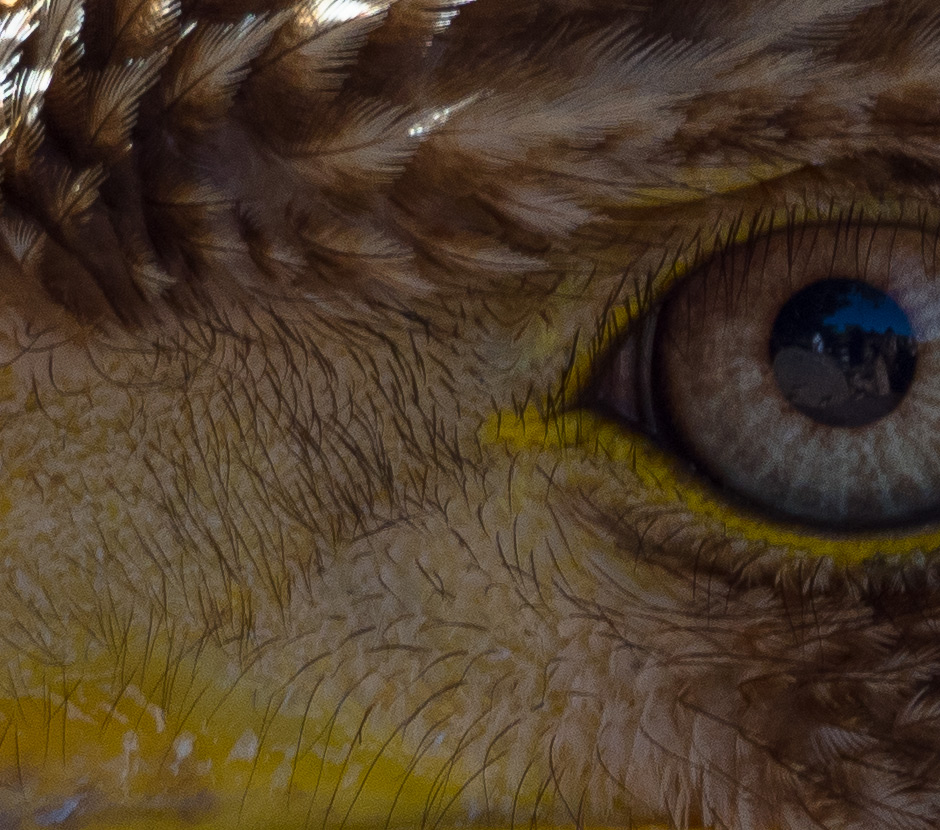
Colors and the pleasure of photographing again without the laziness to take out the camera or bring it with me. Most of these are subjective but for me they are values nevertheless. I like the look of the Olympus photos better and compared to Canon I feel I do less post processing. This might change in the near future but for now I feel this way. Maybe it is just the “new factor” . Maybe all of this will change. Maybe in 1 year I will move back again to full frame. But for now this is the most wonderful thing that happened in my photographic life in the past 8 years.
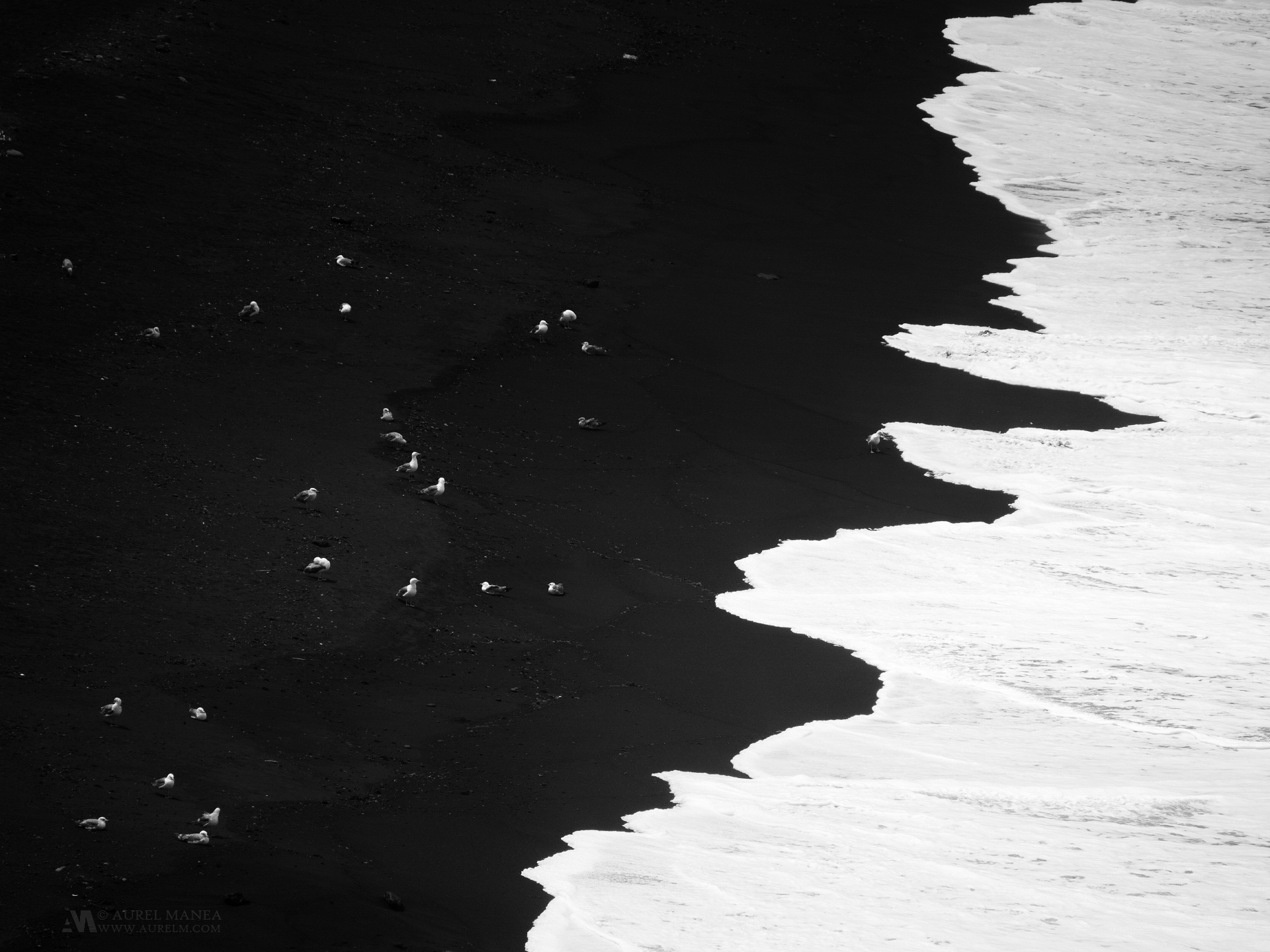
Olympus E-M1 Mark 2 Gallery
Support us by shopping at Amazon. Thanks.
[easyazon_link identifier=”B01M4MB3DK” locale=”US” tag=”mhmedia07-20″]Olympus E-M1 Mark II[/easyazon_link]
[easyazon_link identifier=”B00EY3YGBS” locale=”US” tag=”mhmedia07-20″]Olympus M.12-40mmF2.8[/easyazon_link]
[easyazon_link identifier=”B00B3QYBIW” locale=”US” tag=”mhmedia07-20″]Olympus M.75-300F4.8-6.7II[/easyazon_link]
JOIN OUR FACEBOOK GROUP
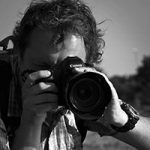
“I’m Aurel Manea, a 3D artist/technical artist and lead 3D artist in Gameloft Bucharest studio. As a hobby as you can see I spend most my time photographing stuff here and there. I started photography somewhere in 2004 for romantic reasons and evolved ever since around this hobby. Somehow over the years it grew much more than anyone would have expected.”




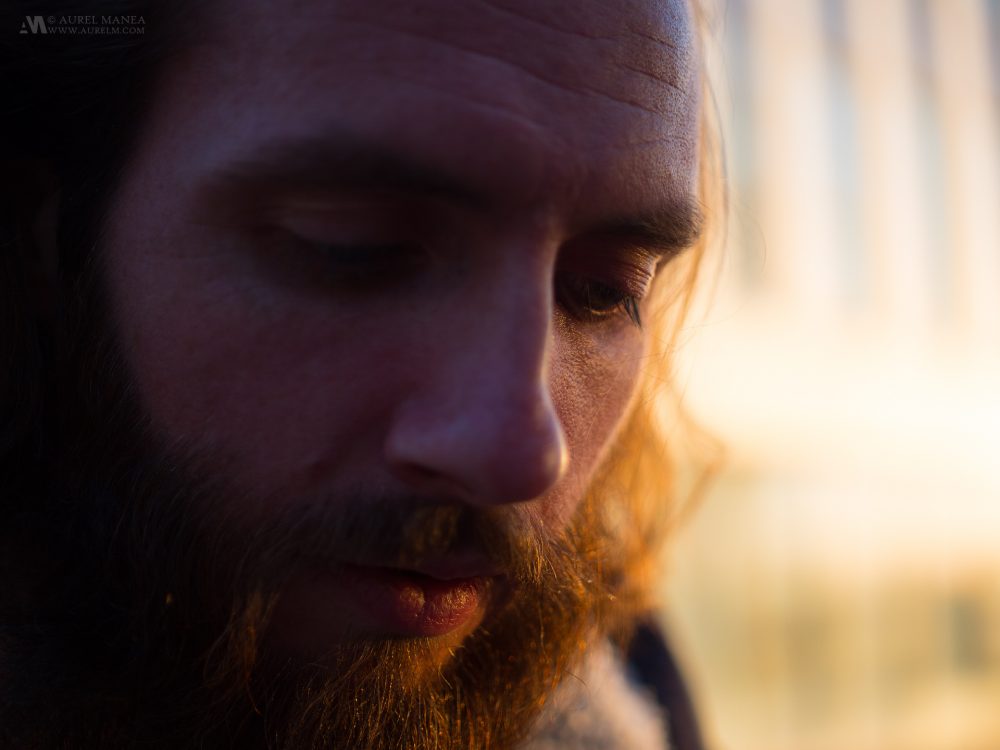

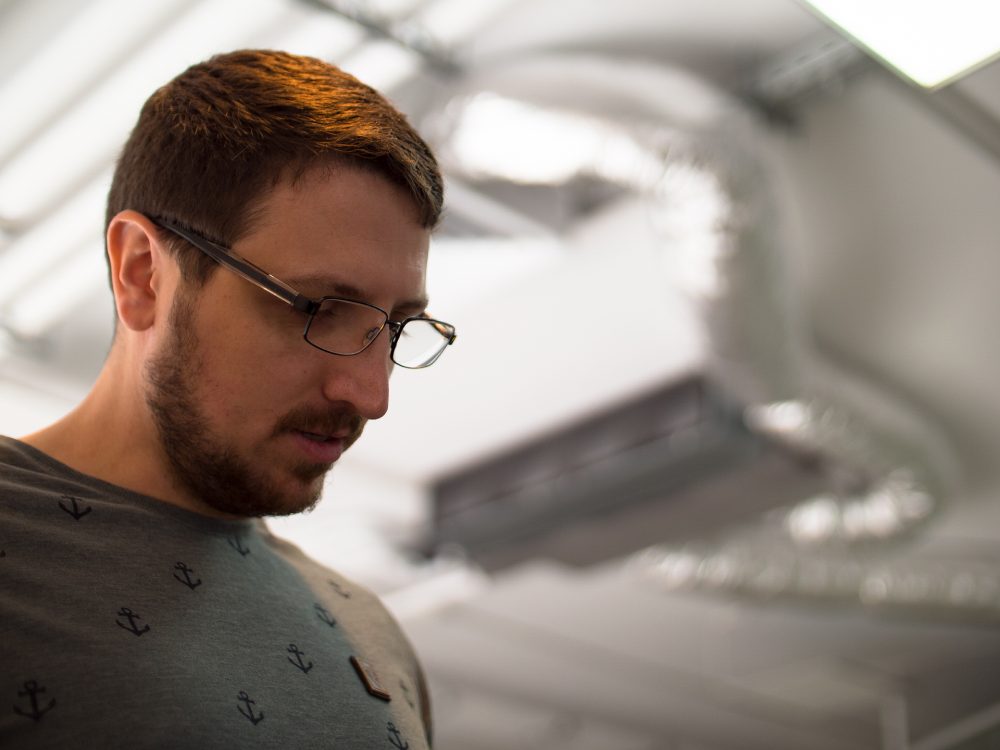

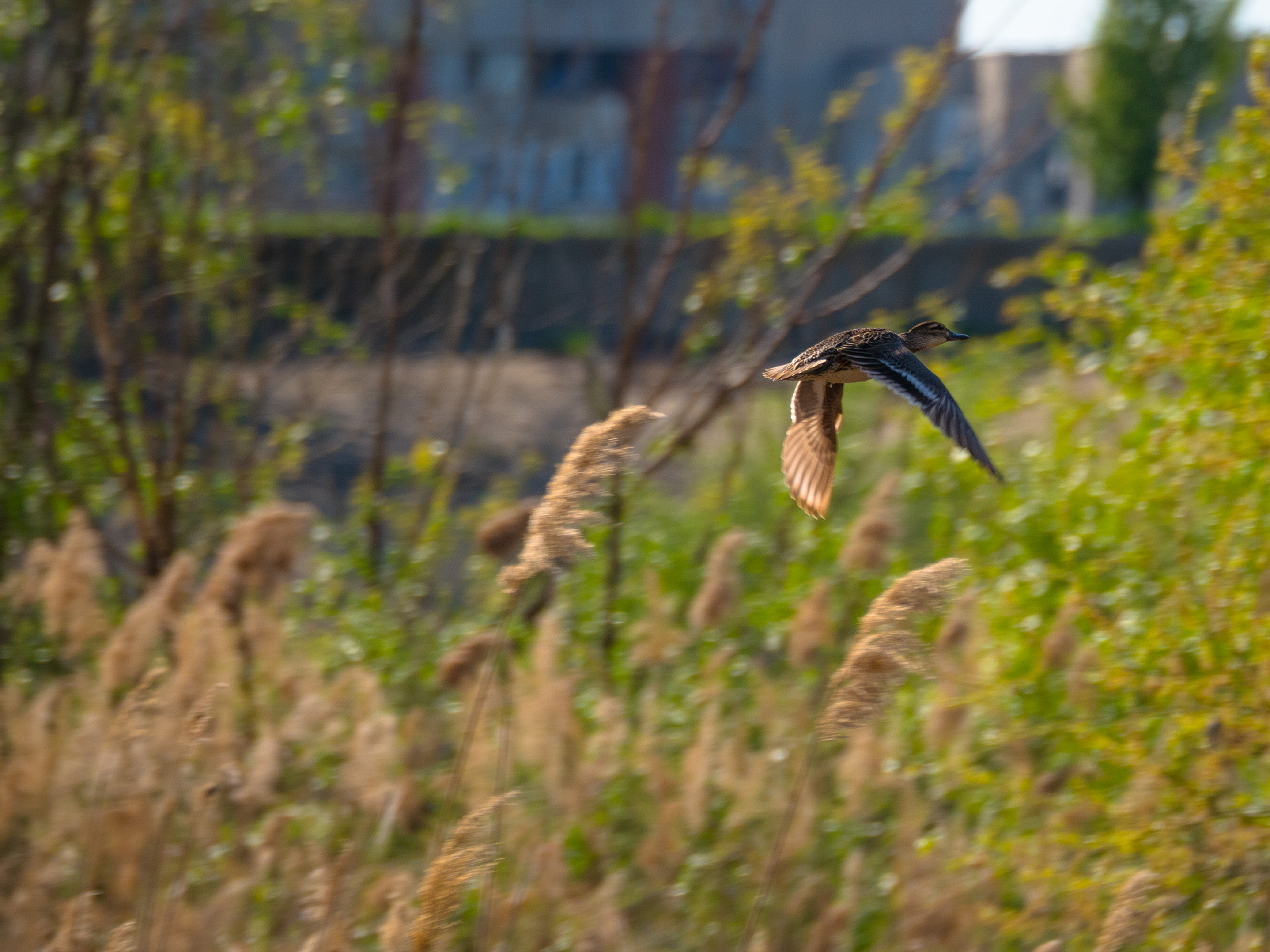
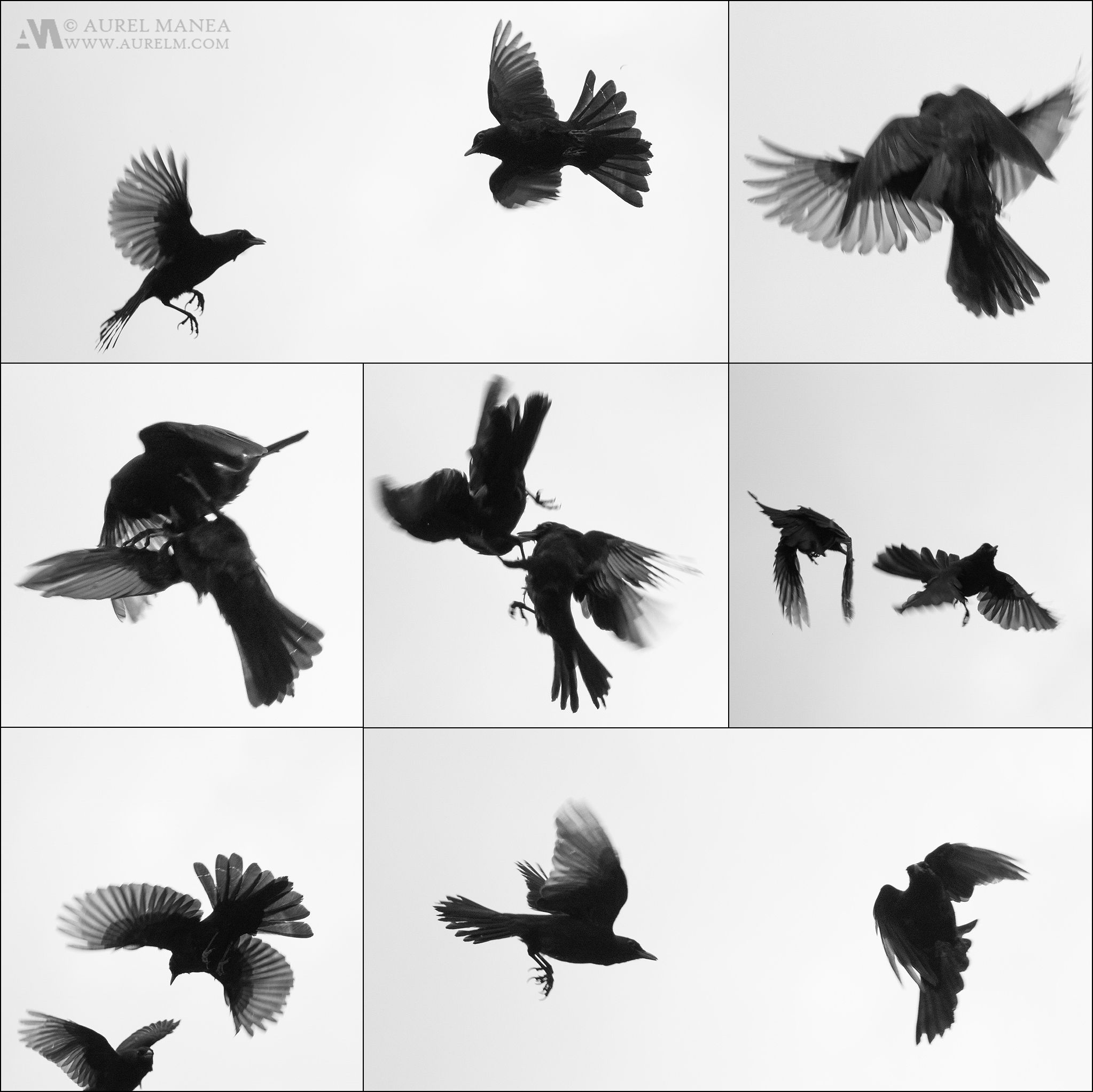
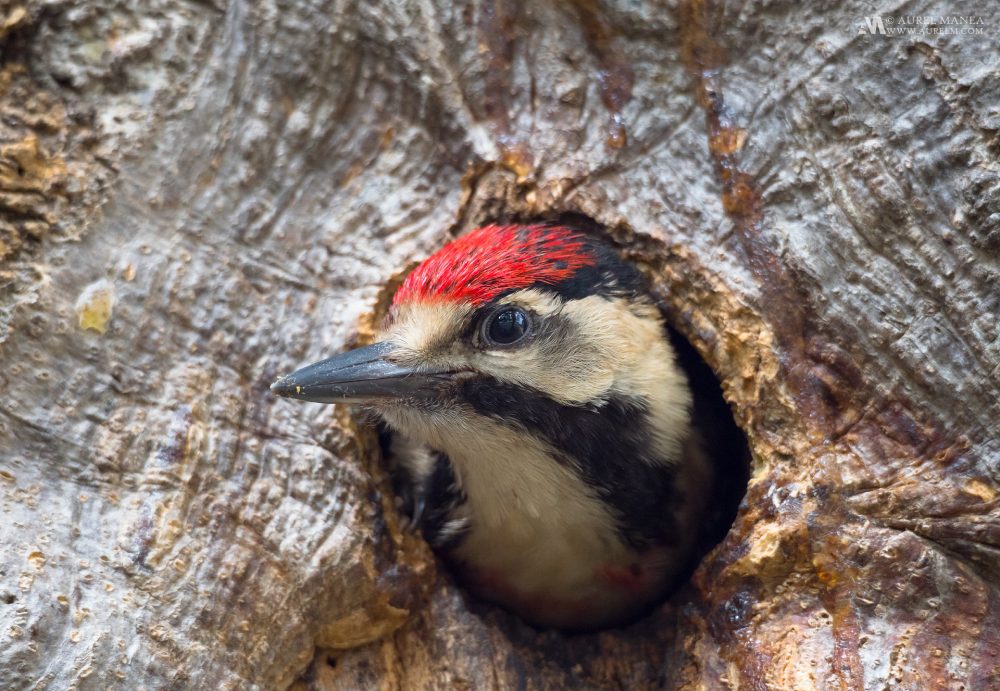






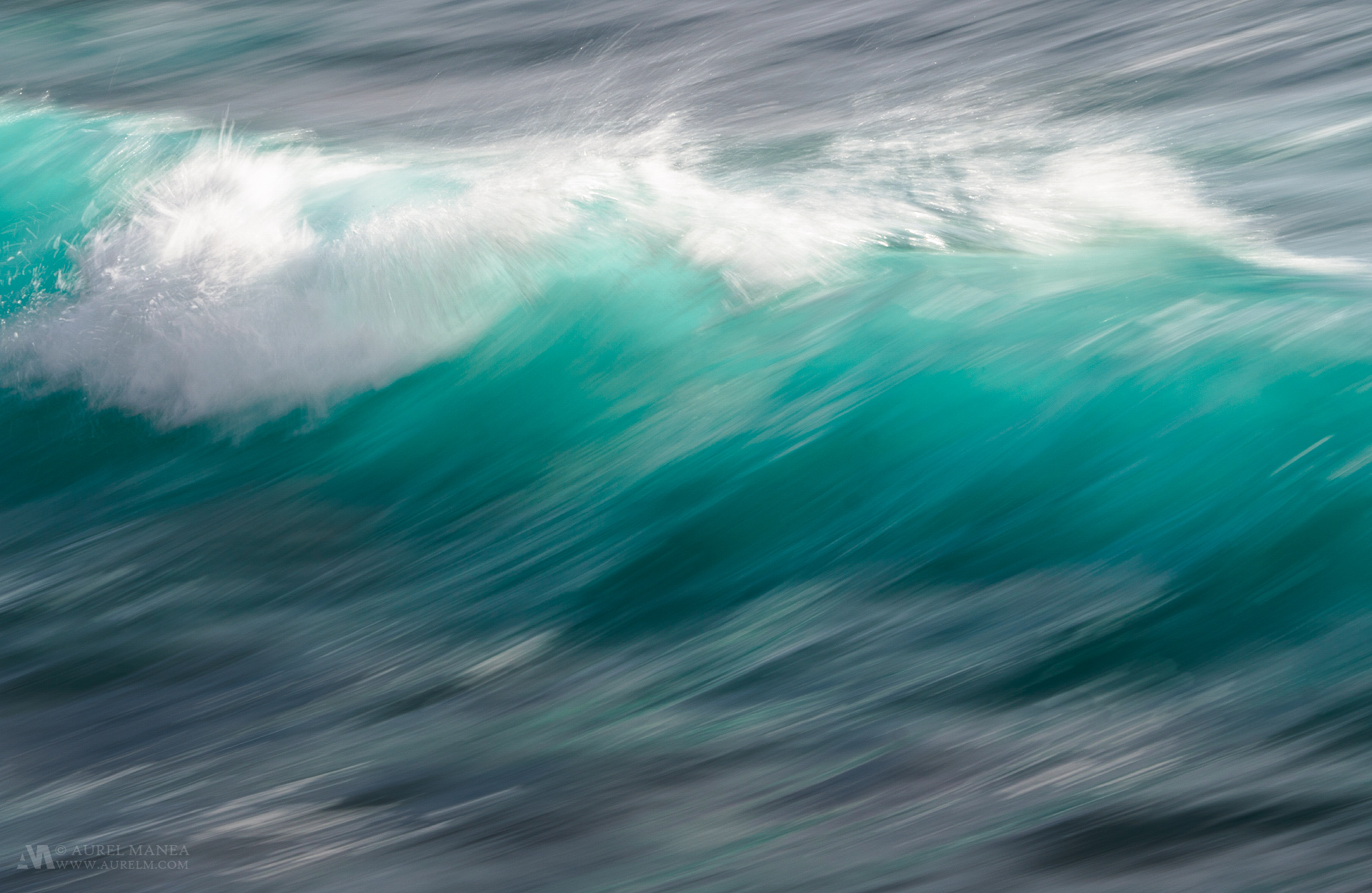


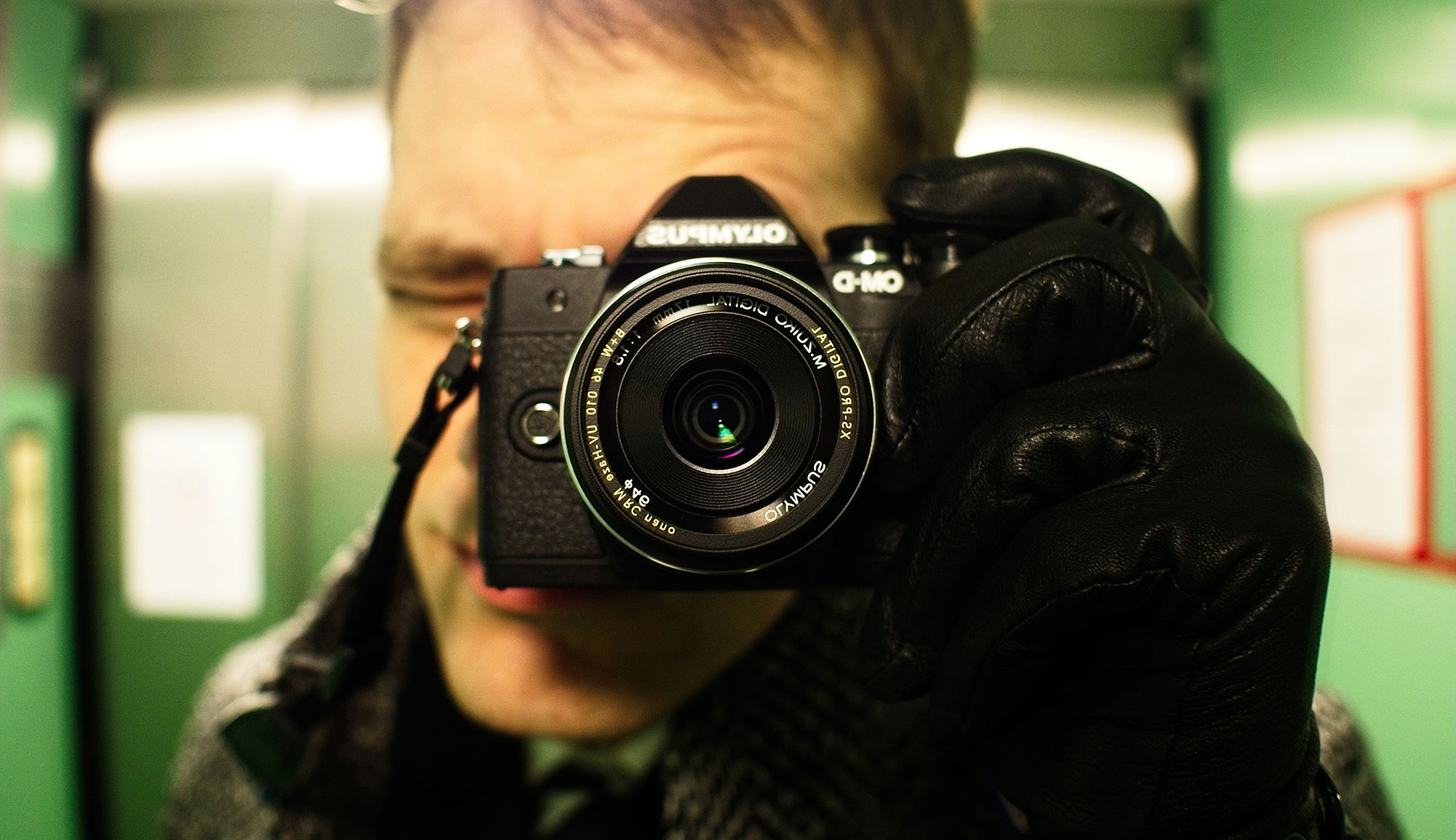
David Wissman
July 12, 2017 @ 17:02
Great article/inspirational images…and puts my mind at ease when the FF talk pop in my head on occasion.
tomstgeorge
April 24, 2018 @ 20:26
https://goo.gl/yBHXmT&asuk
tomstgeorge
July 12, 2017 @ 19:46
“I can only hope that a new lens will come along, something like 18mm 0.95 ” – Check out the Voigtlander 17.5mm f/0.95, pricey but a lovely lens, although I’m quite happy with my Olympus 17mm f1.8
tomstgeorge
April 24, 2018 @ 20:26
https://goo.gl/Gt4oM7&mugys
Jan Steinman
July 24, 2017 @ 01:27
Another advantage of the electronic viewfinder, combined with images stabilization and a long lens, is that you have an image-stabilized telescope when you half-press the shutter.
I travel on ferries a lot, and I get a kick out of putting the OM Zuiko 500mm ƒ8 Reflex on and being able to read names off passing ships that people with powerful binoculars cannot read, because of shake and ship motion.
tomstgeorge
April 24, 2018 @ 20:26
https://goo.gl/f79vqn&jraqa